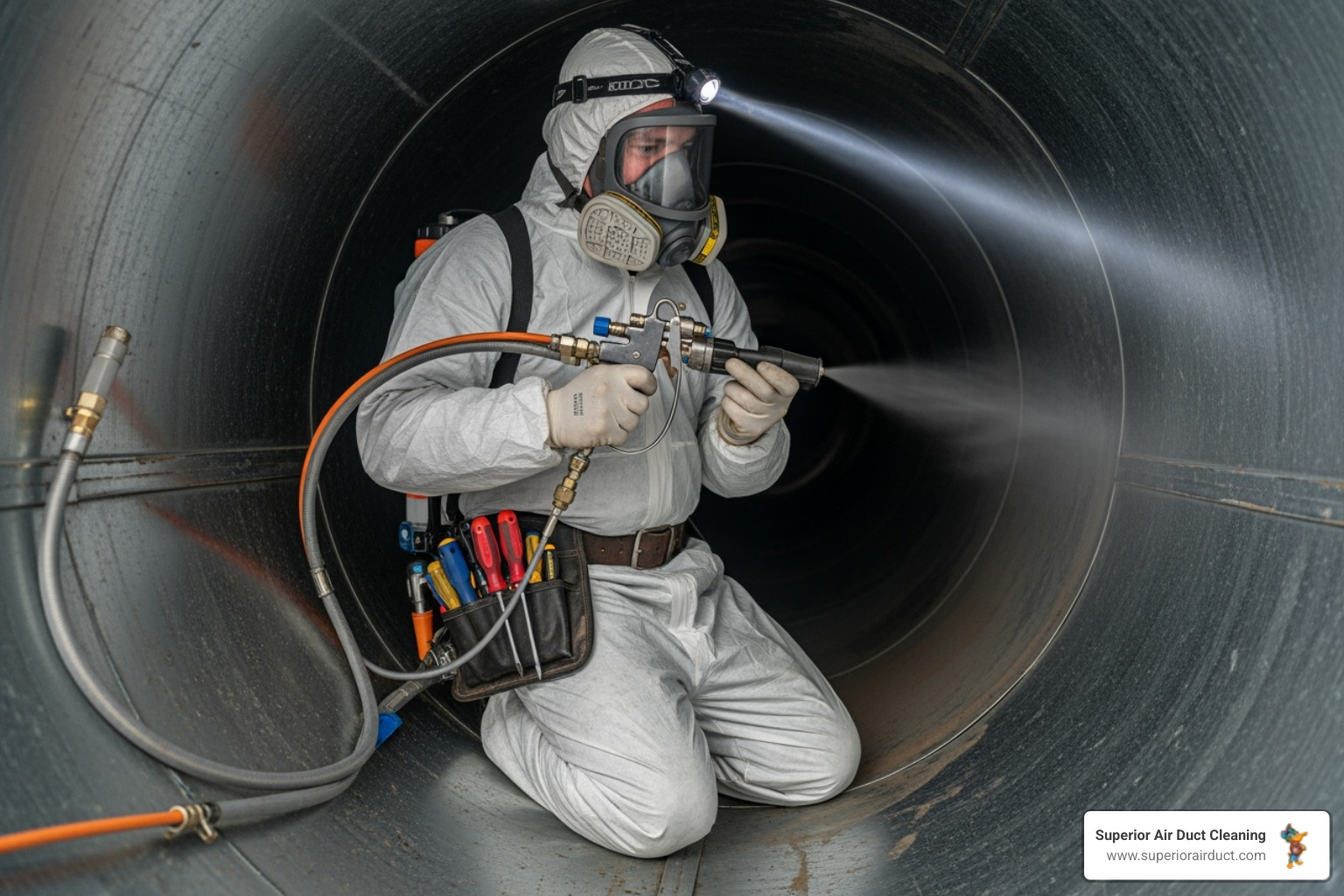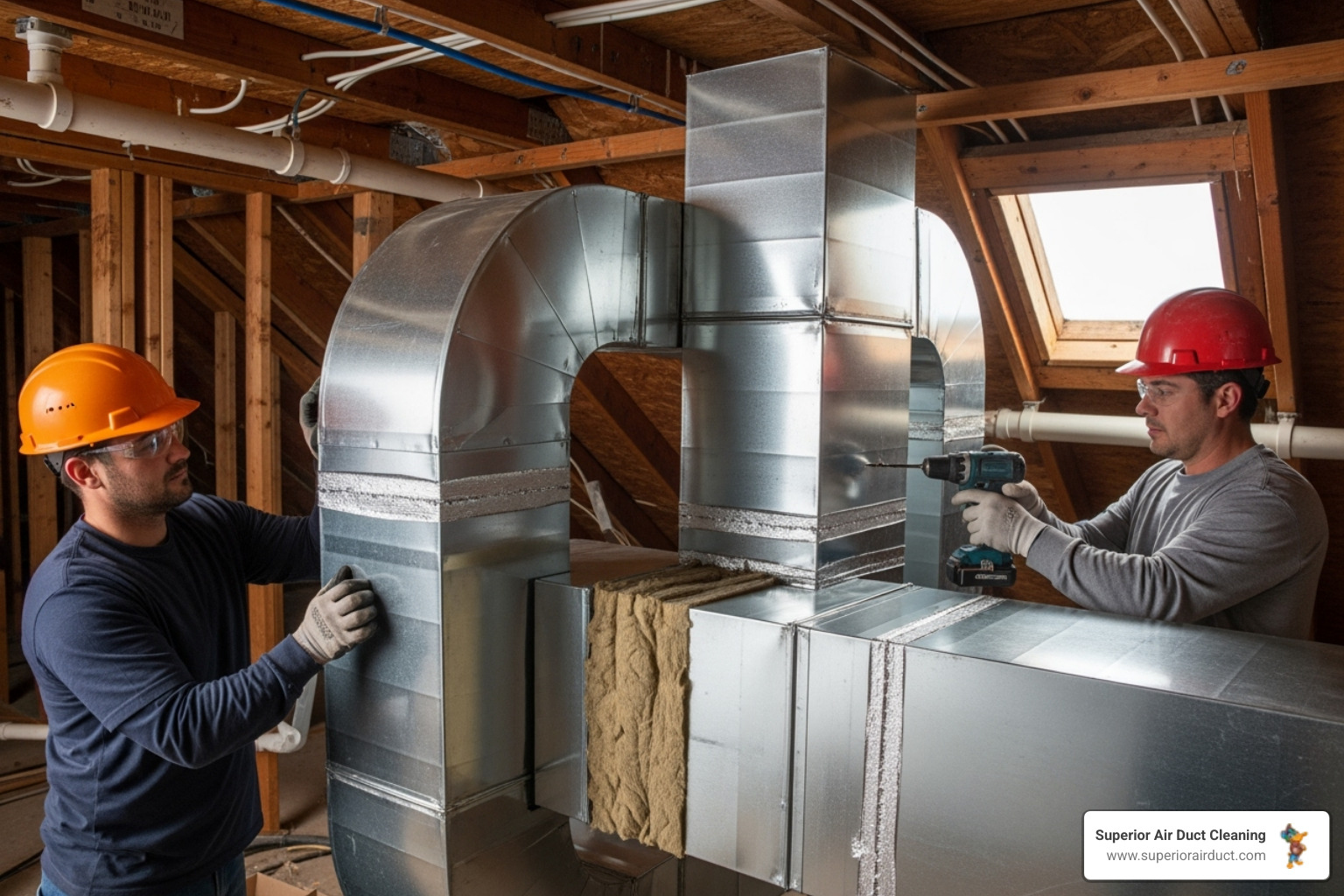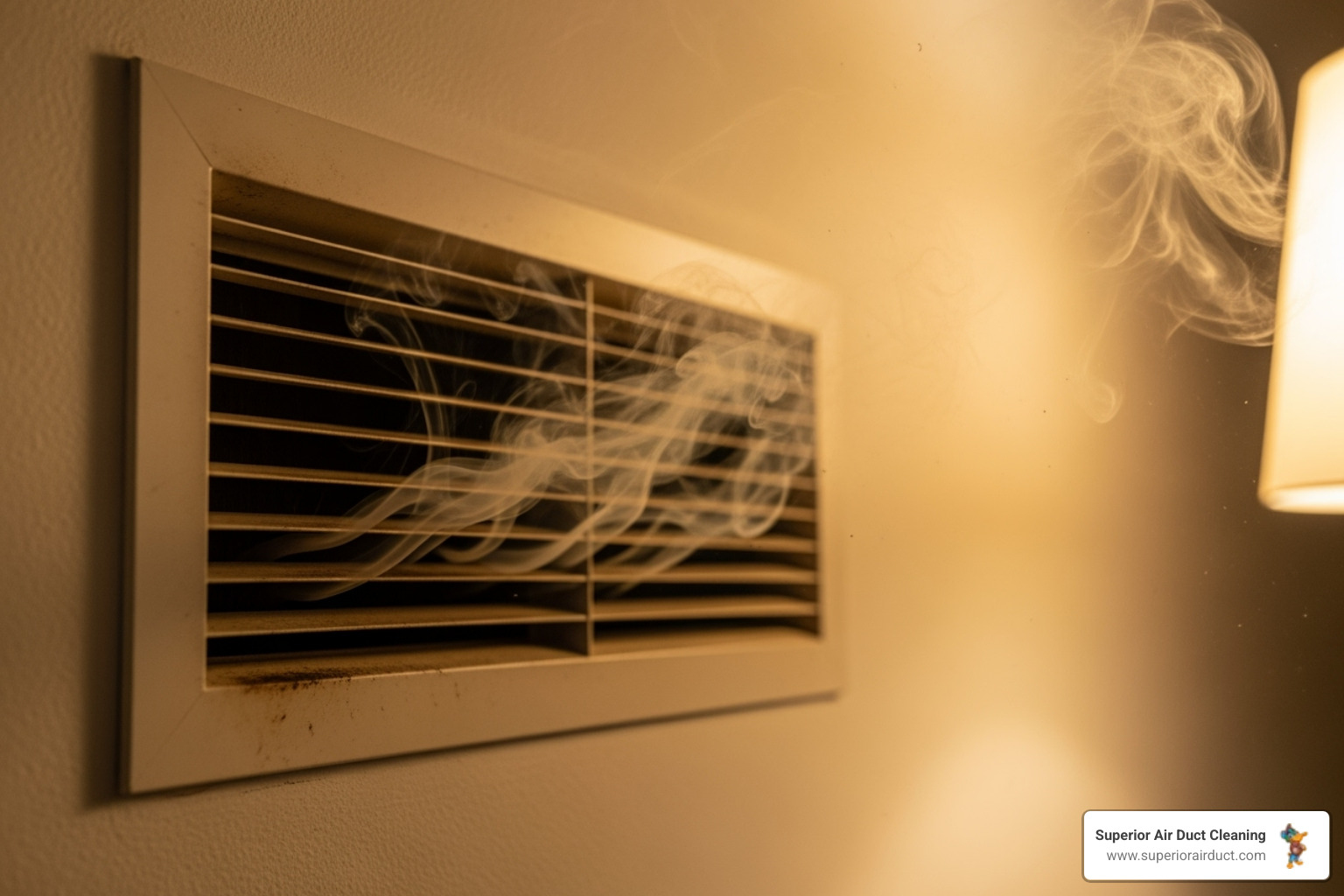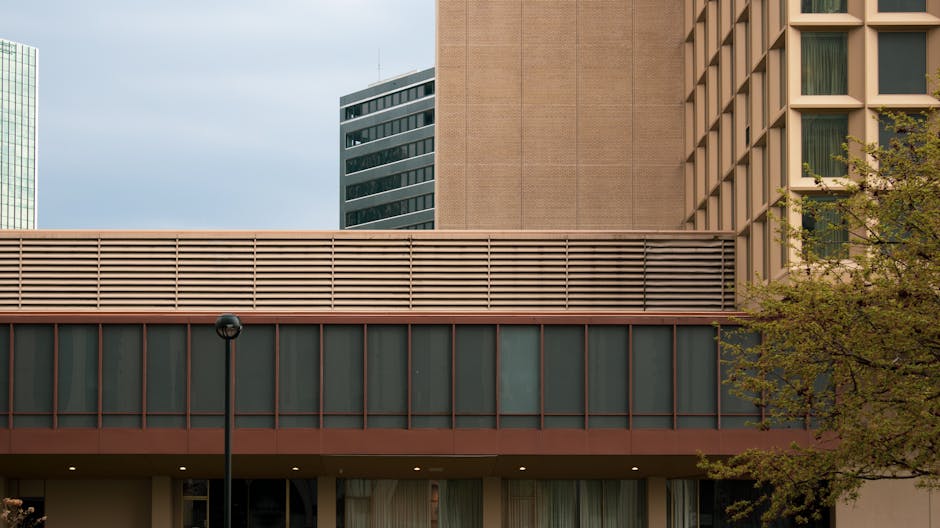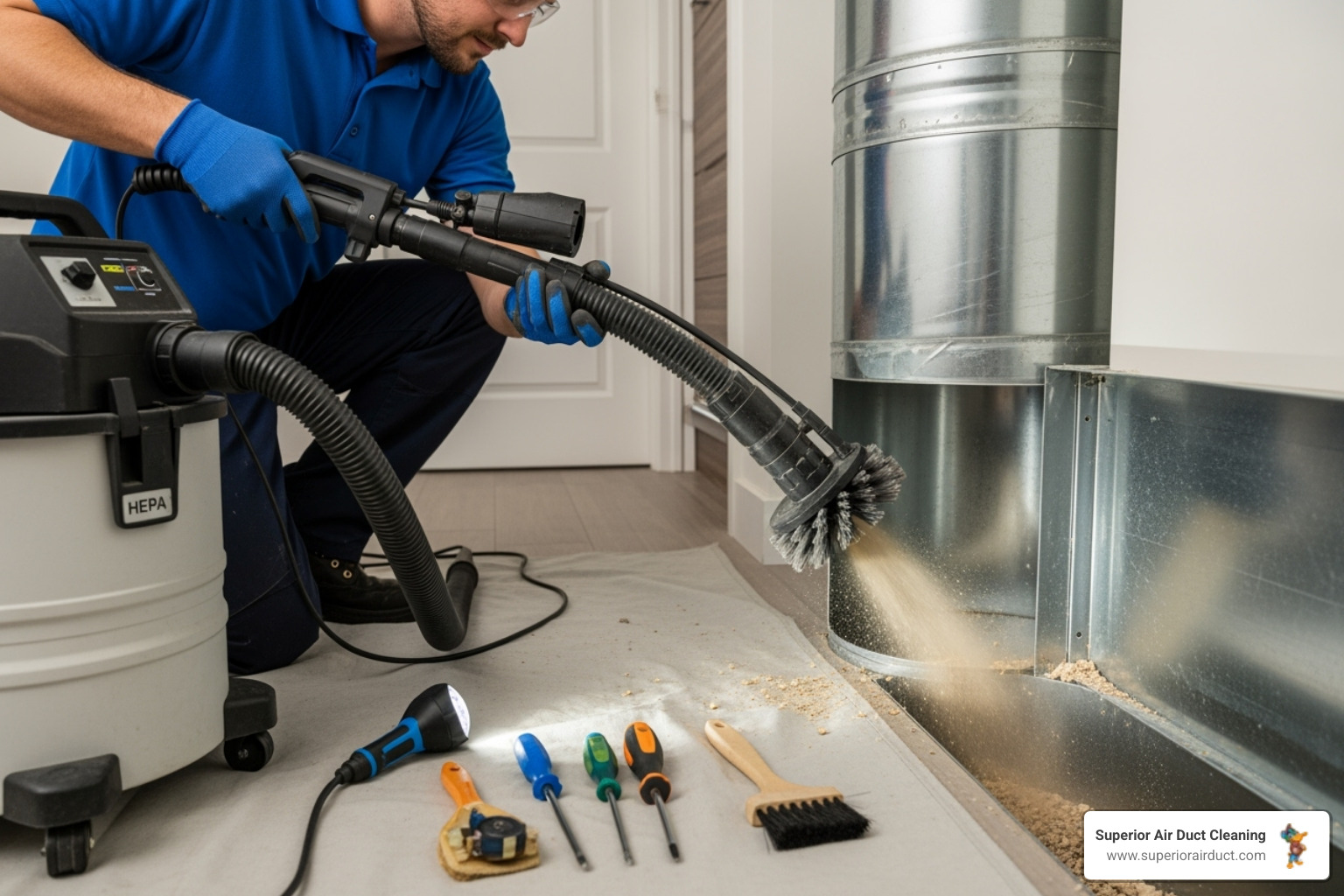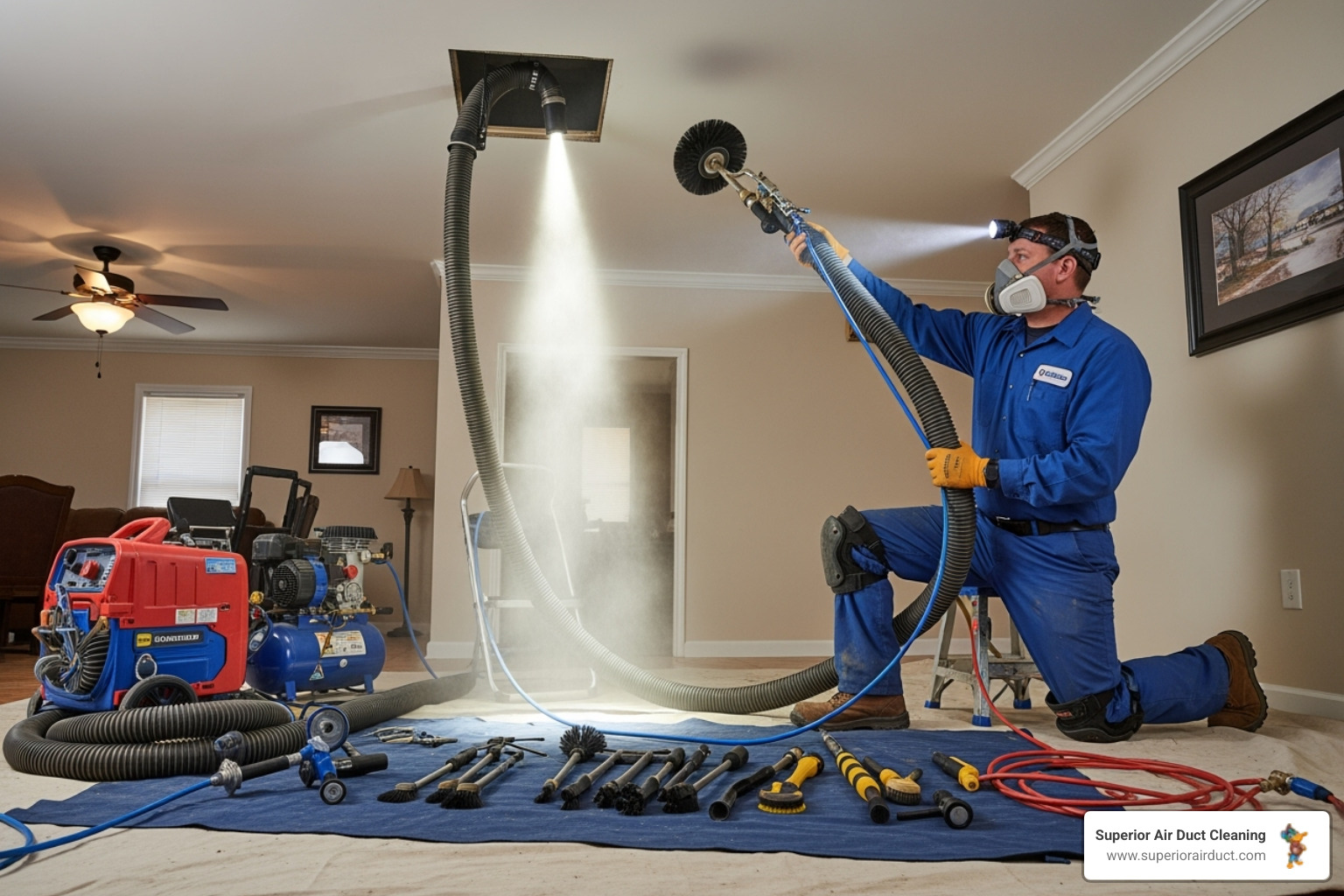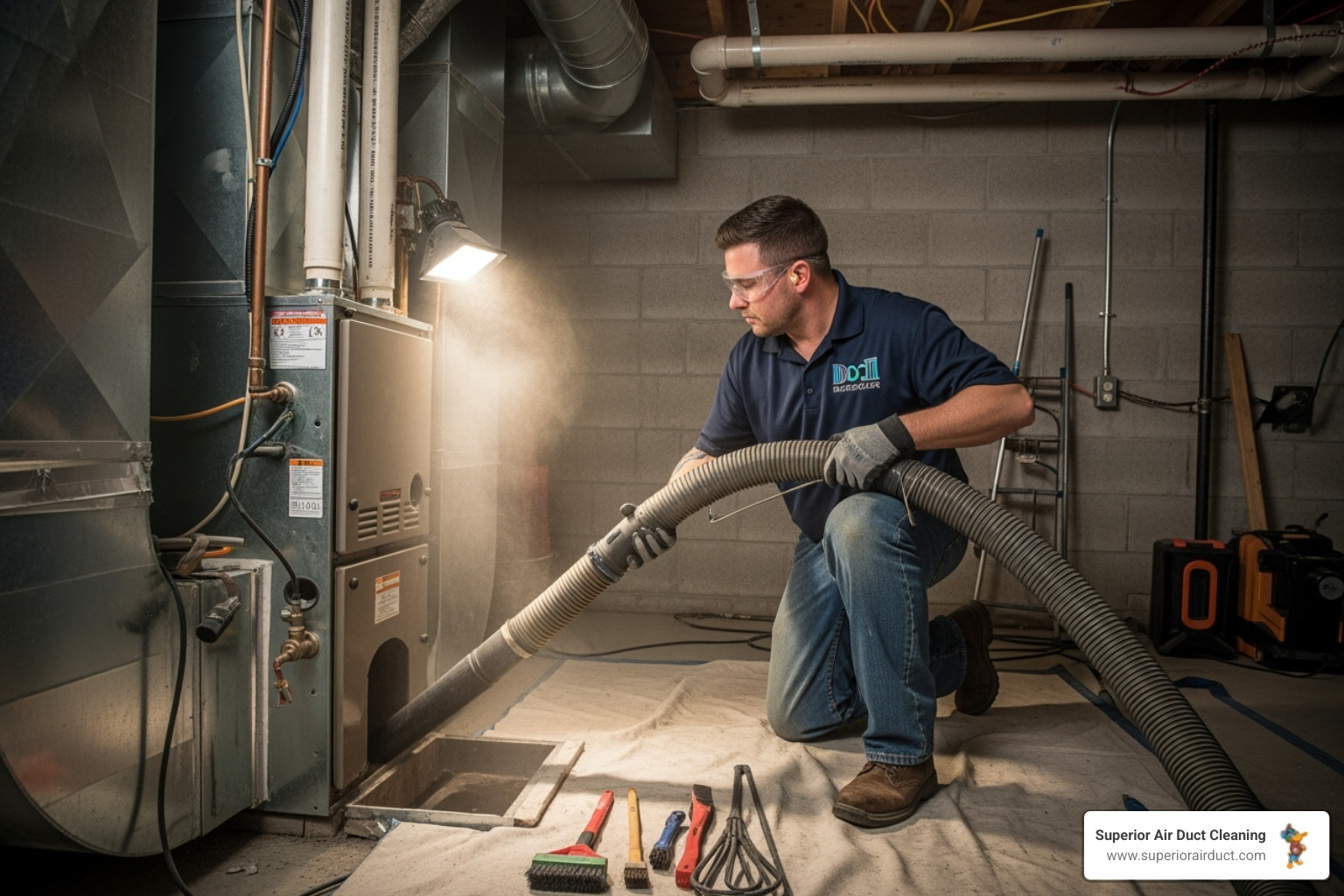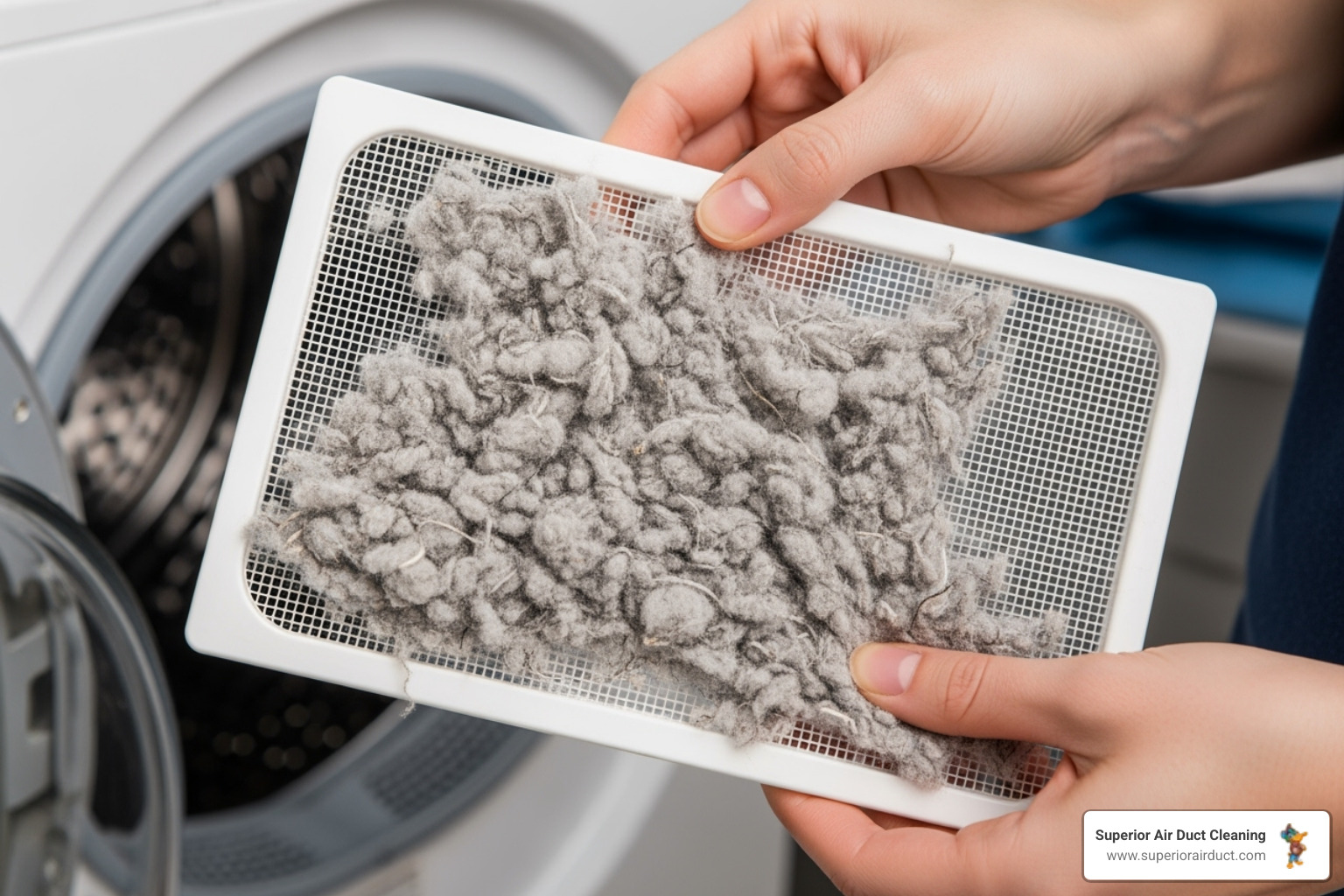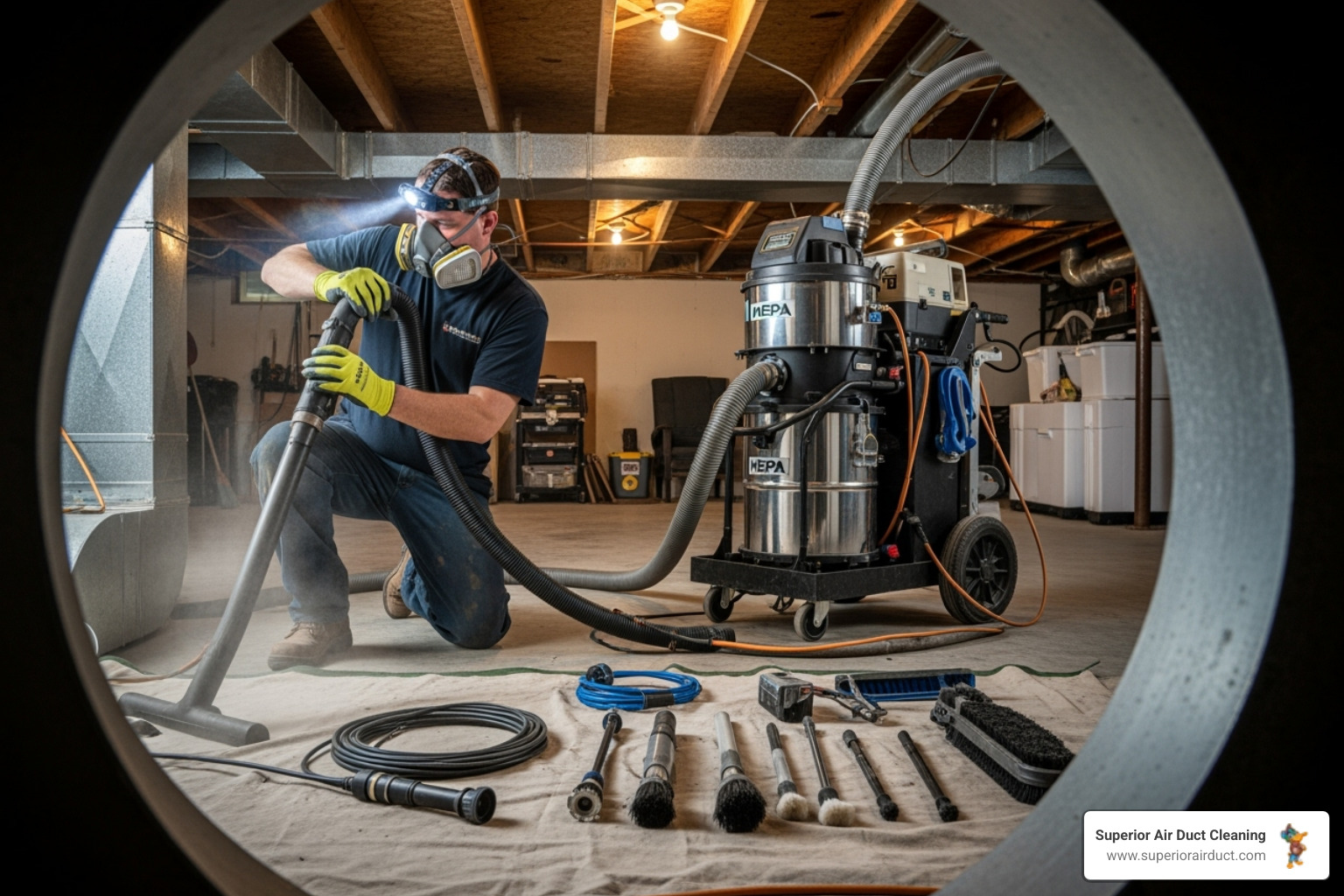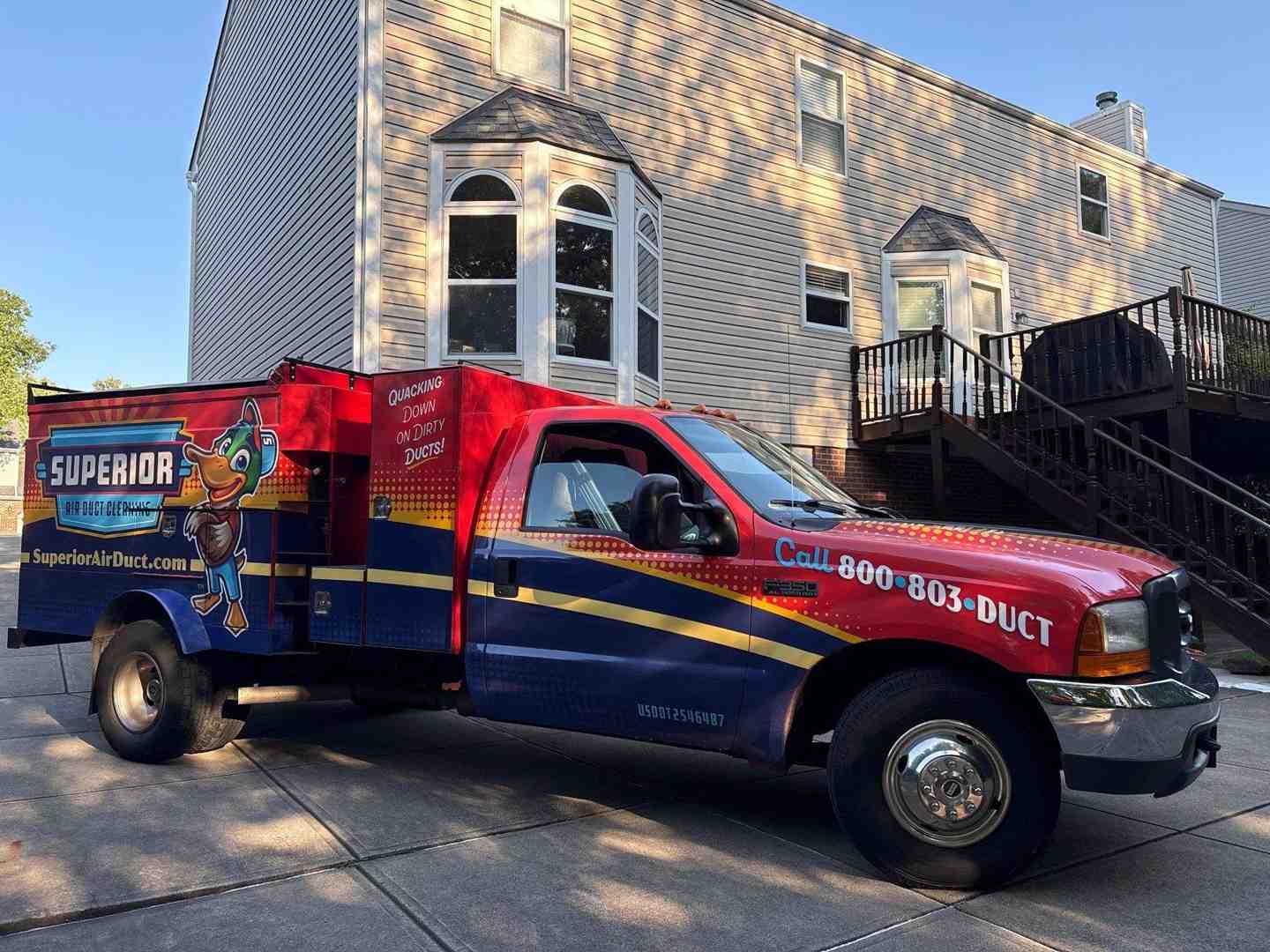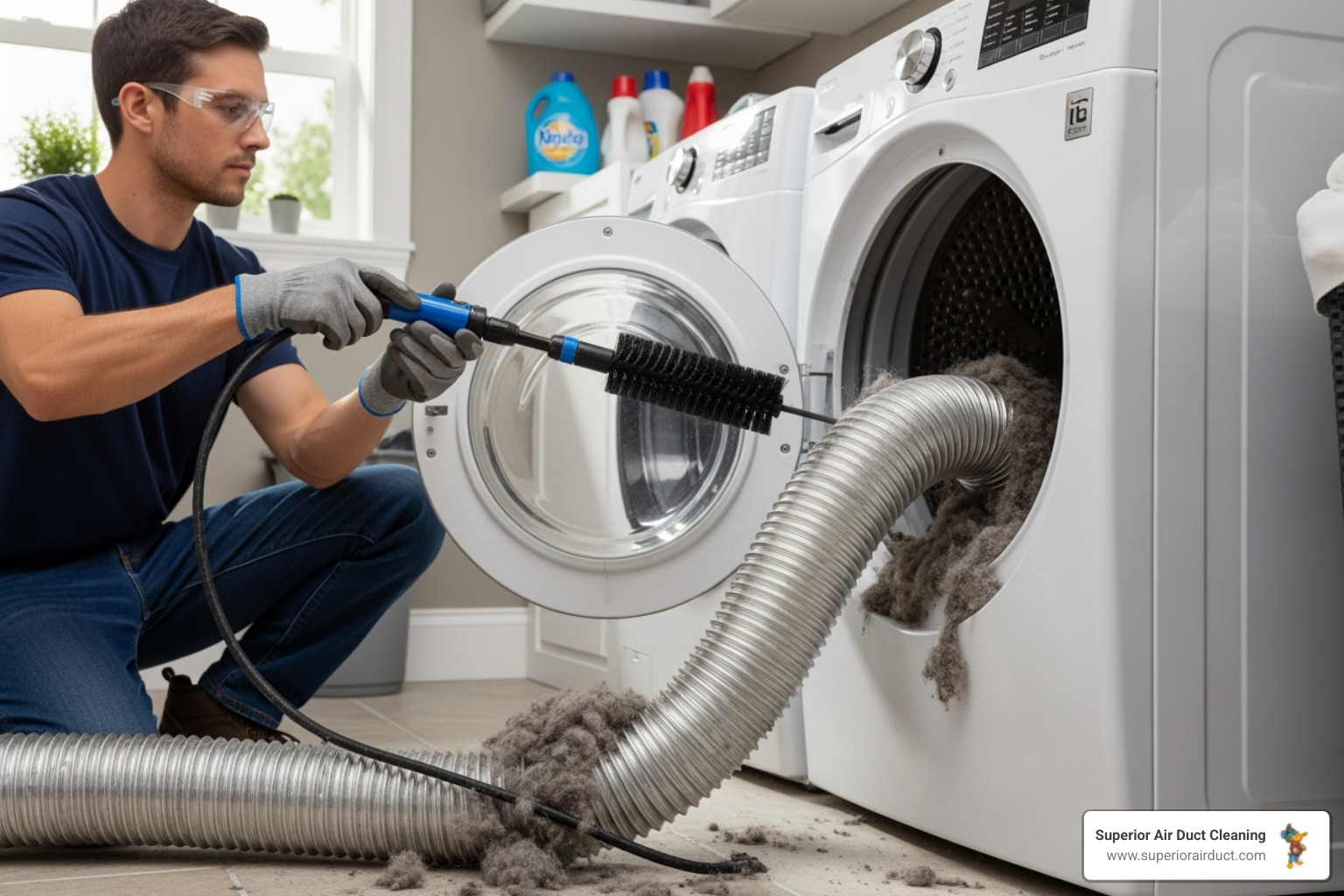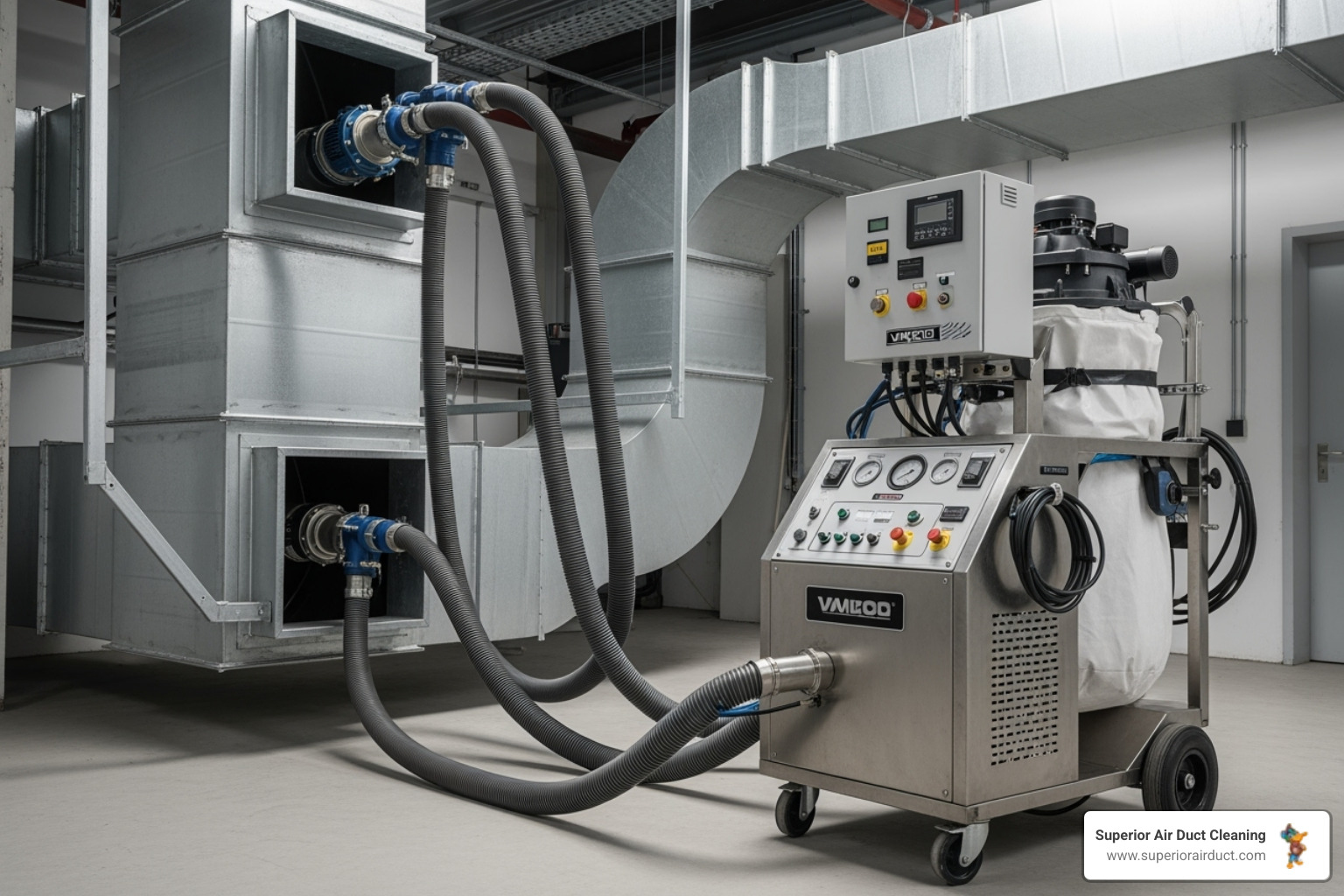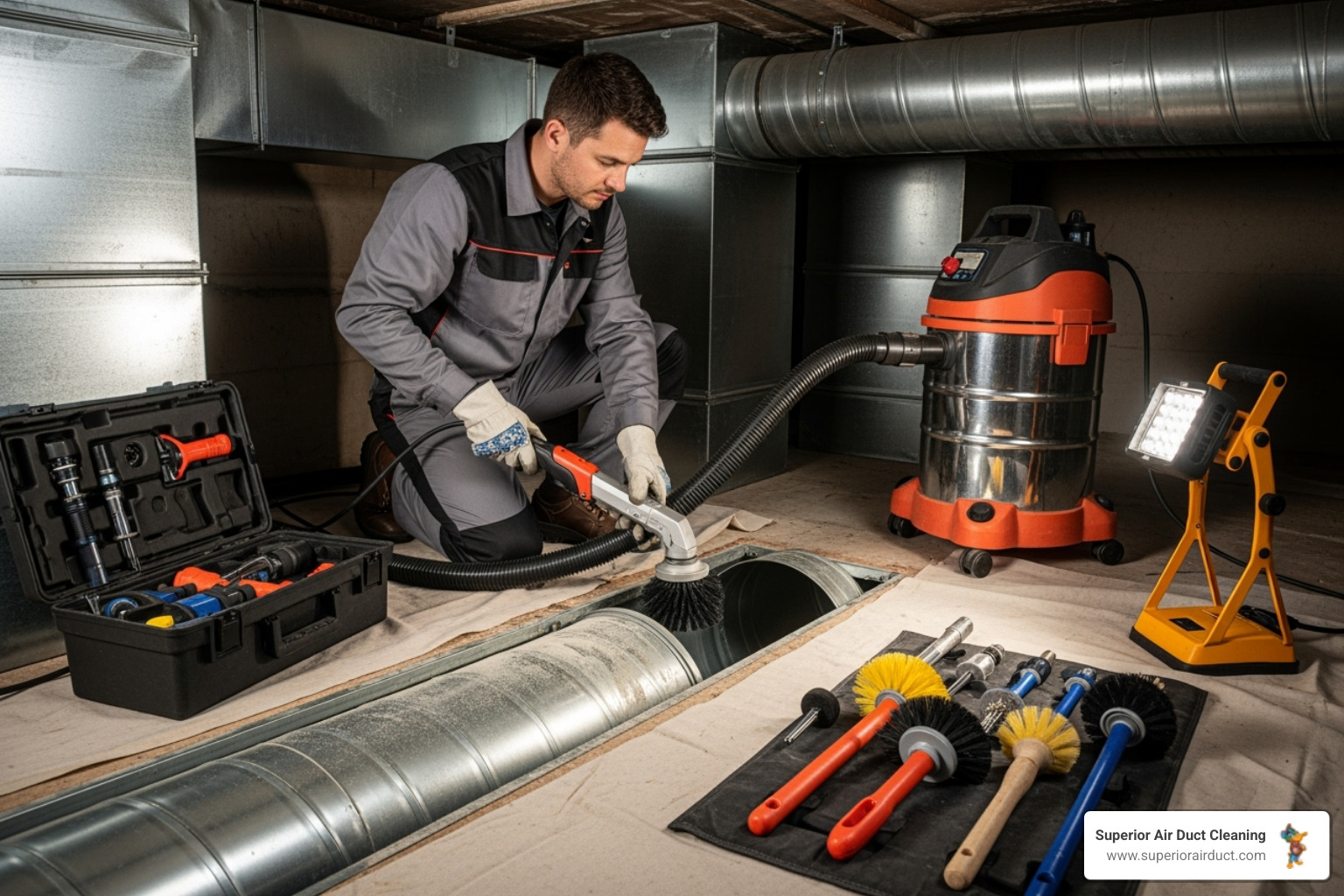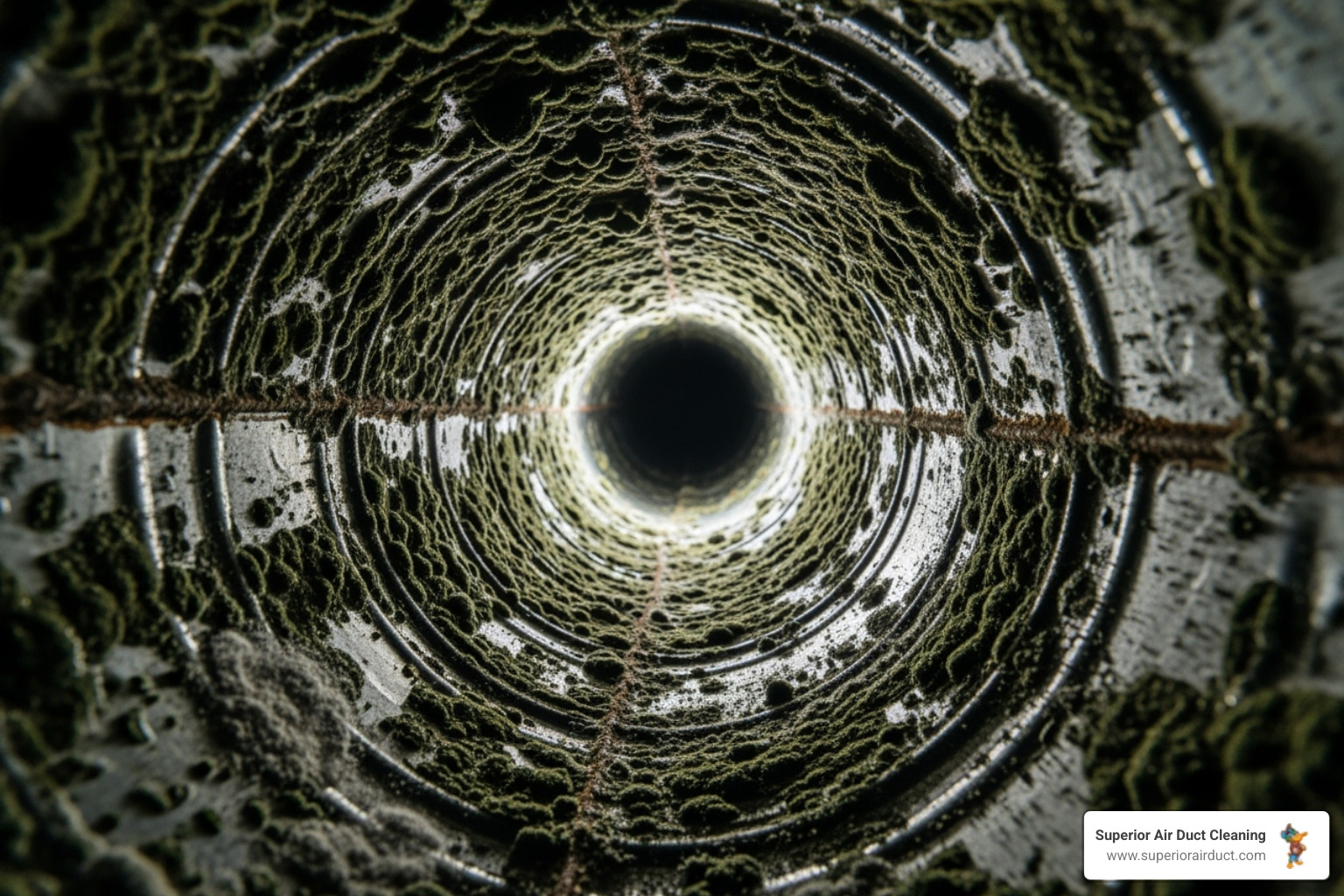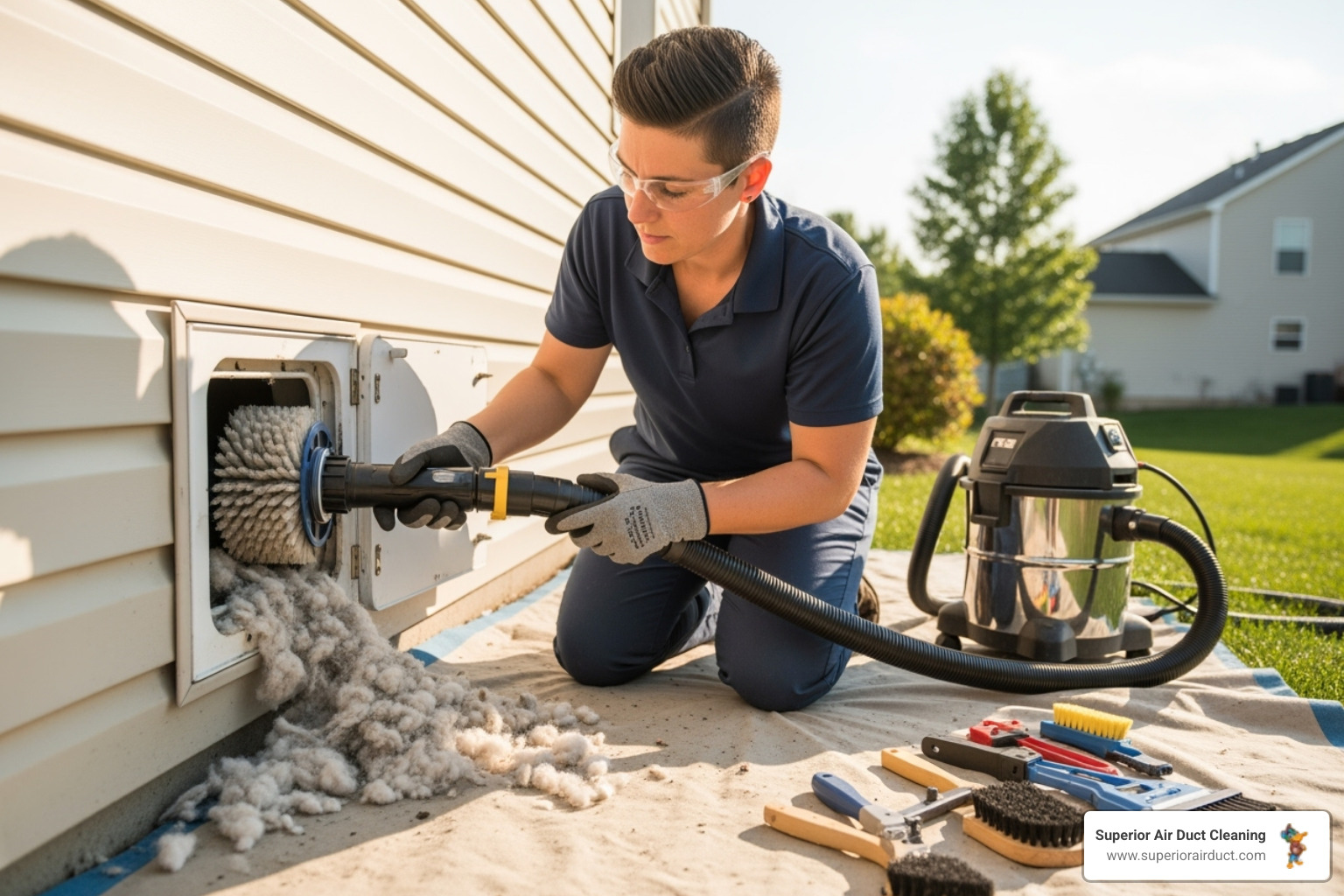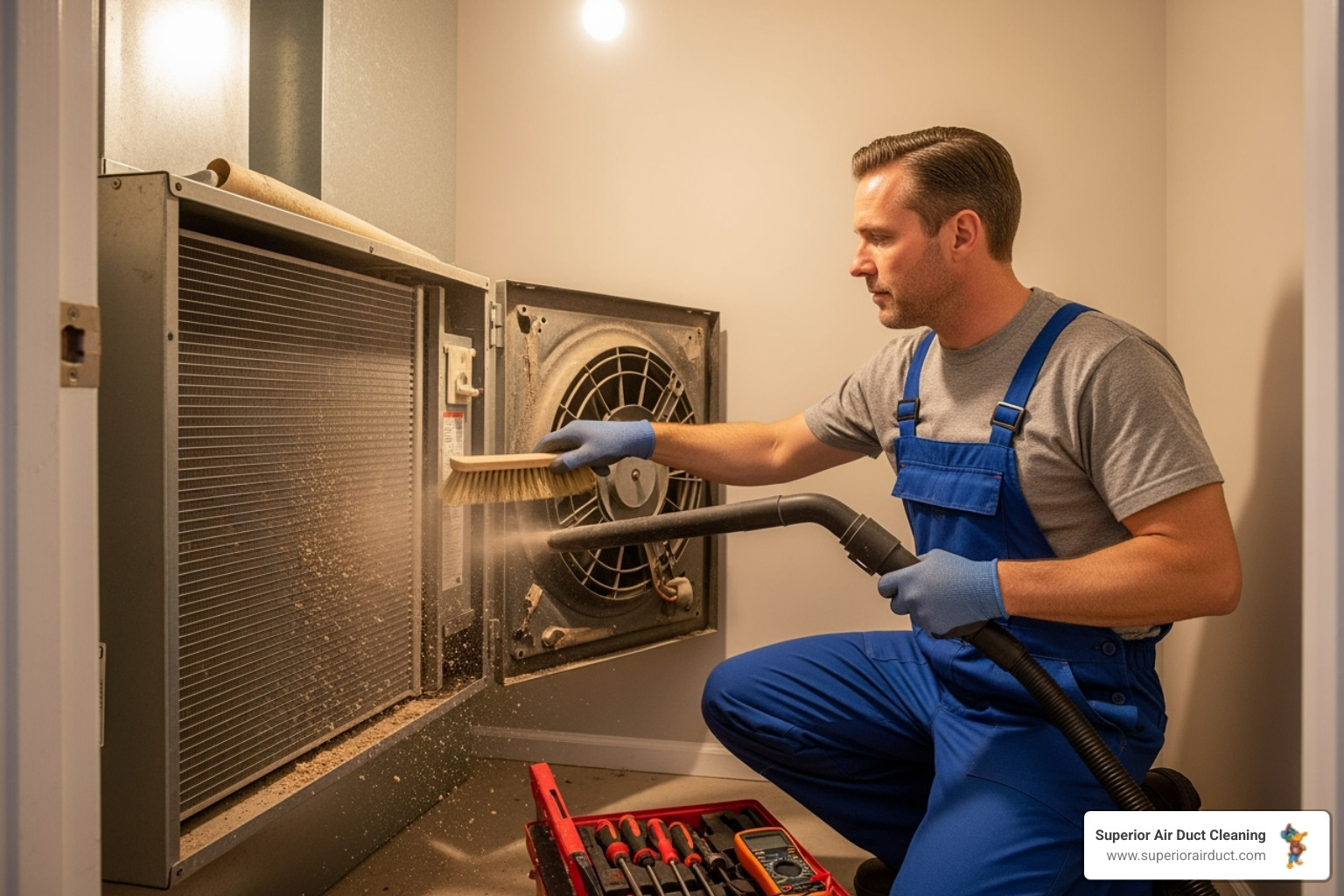
Why Air Handler Cleaning is Critical for Your Home's Health
Air handler cleaning is the process of removing dust, debris, mold, and other contaminants from your HVAC system's air handling unit to maintain optimal indoor air quality and system efficiency. Your air handler is like the lungs of your home, circulating air through every room. When it's dirty, your home's health and your wallet suffer.
Quick Air Handler Cleaning Overview:
- What it includes: Cleaning filters, coils, drain pans, blower components, and cabinet interior
- How often: Annual professional cleaning, monthly filter checks
- Key benefits: Better air quality, lower energy bills, fewer health issues
- Time required: 3 hours for professional deep cleaning (according to NADCA)
- DIY vs. Professional: Basic maintenance monthly, deep cleaning annually by pros
Research shows that a neglected air handling unit can use up to 50% more electricity after 5 years. Dirty air handlers also become breeding grounds for mold, bacteria, and allergens. These contaminants get blown throughout your home, potentially triggering asthma, allergies, and other respiratory issues. The good news is that regular cleaning is straightforward. Some tasks you can handle yourself, while others need professional expertise.
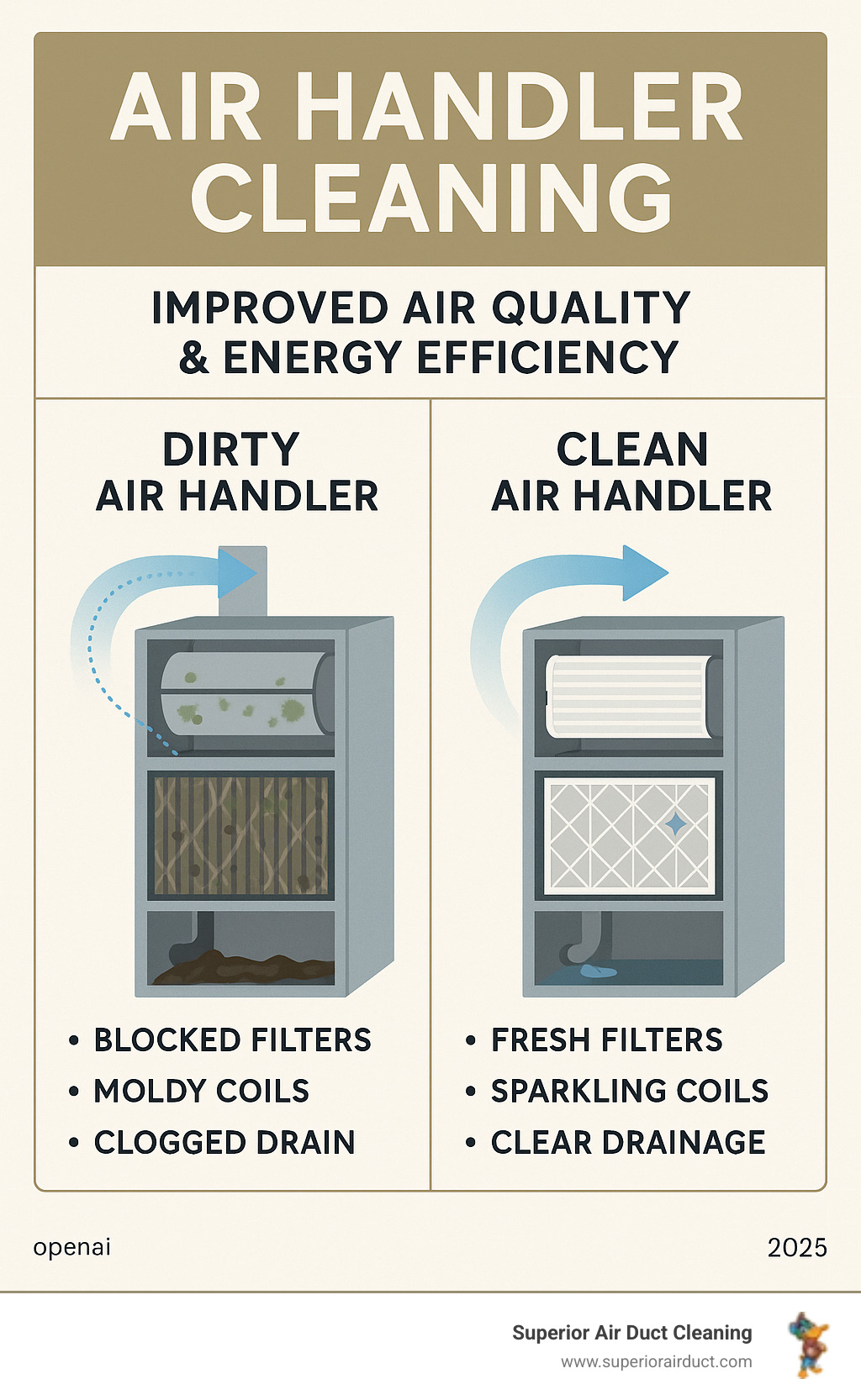
The Anatomy of Your Air Handler: What Are You Cleaning?
Before you start cleaning, it's important to understand your target. The air handler unit (AHU) is the large metal box in your basement, attic, or closet that manages your home's airflow. It takes in air, conditions it to the right temperature, and distributes it through your ductwork.
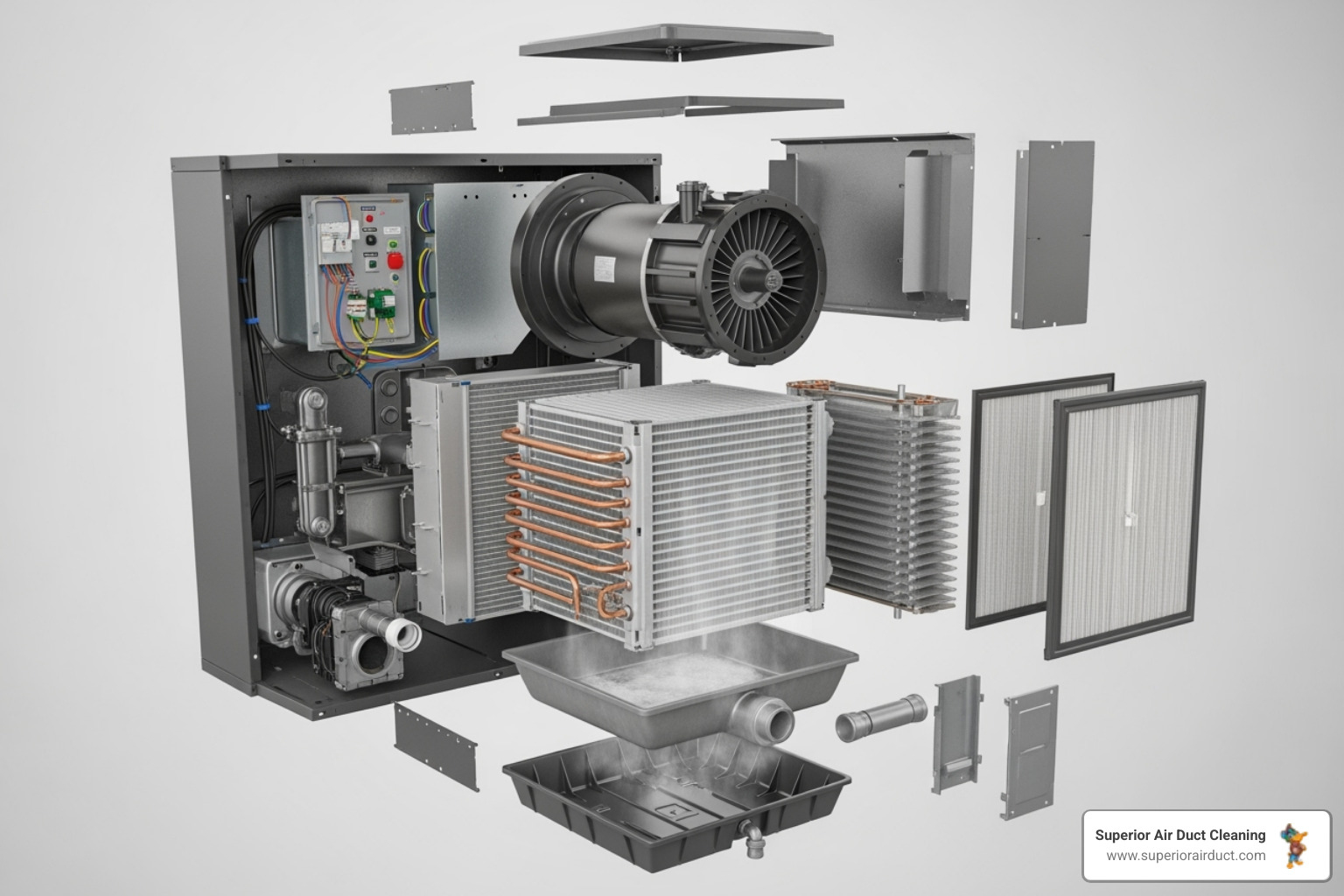
Key Components and Their Functions
- Filters: Located at the air intake, they capture dust, pollen, and pet dander.
- Evaporator Coils: These coils contain refrigerant to cool the air. They also collect dirt and, due to condensation, can become a breeding ground for mold.
- Blower Fan: This motor and fan assembly draws air into the unit and pushes it into your ducts. The blades are dust magnets, and a dirty blower works harder to move air.
- Drain Pan and Condensate Drain Line: This system collects moisture from the coils. If clogged with algae or debris, it can cause water damage and odors.
- Cabinet and Dampers: The cabinet protects the internal components and must be kept clean and sealed. Dampers control airflow and need to move freely.
How Contaminants Build Up
Everyday life creates airborne particles like dust, pet dander, pollen, and cooking oils. Your air handler sucks these in. When humid air hits the cold evaporator coils, condensation occurs. This moisture mixes with the particles, creating a sticky film where mold, bacteria, and other microorganisms can thrive. This buildup reduces system efficiency and circulates contaminated air throughout your home. Regular air handler cleaning is key to meeting indoor air quality standards like ASHRAE Standard 62.1 for ventilation quality.
Why a Clean Air Handler is Non-Negotiable
A dirty air handler has consequences for your wallet, comfort, and health. Air handler cleaning isn't just a maintenance task; it's essential for three critical reasons.
Boost Efficiency and Lower Your Bills
A dirty air handler struggles to move air, much like trying to breathe through a stuffy nose.
- Reduced airflow: Clogged filters, grimy coils, and dusty blower fans restrict air movement, forcing your system to work overtime.
- Increased energy consumption: A neglected air handling unit can use up to 50% more electricity after five years.
- Dirty coils: This is a major culprit. A layer of grime on the coils acts as an insulator, preventing efficient heat transfer. Your system runs longer and harder, driving up your energy bills.
Protect Your Health and Improve Indoor Air Quality
Your air handler recycles the air your family breathes. When it's dirty, it circulates harmful particles.
- Airborne contaminants: Dust, pet dander, and pollen get blown through your home every time the system runs.
- Mold and bacteria growth: The moist environment around the evaporator coils is a perfect breeding ground for microbes. They release spores and odors into your air supply.
- Respiratory issues: For those with allergies or asthma, this contaminated air can worsen symptoms. It can also lead to Sick Building Syndrome, causing headaches and fatigue at home. Proper air handler cleaning provides clean, fresh air for your family.
Prevent Costly Breakdowns and Extend HVAC Lifespan
Regular cleaning is your best defense against HVAC emergencies.
- Component strain: Dirt forces parts like the blower motor to work beyond their limits, leading to overheating and premature failure.
- Water damage from clogs: A backed-up condensate drain line can overflow, causing water damage to ceilings, walls, and promoting major mold growth.Investing in regular air handler cleaning protects your system's longevity and your home's structure, preventing expensive headaches.
Your Ultimate Air Handler Cleaning Checklist
Before starting any air handler cleaning, prioritize safety. Turn off all power to the unit at both the thermostat and the circuit breaker. Wear protective gear: gloves, a dust mask or respirator, and safety glasses. You'll need a vacuum with attachments, a soft brush, a wet/dry shop vac, commercial coil cleaner, a fin comb, and rags.
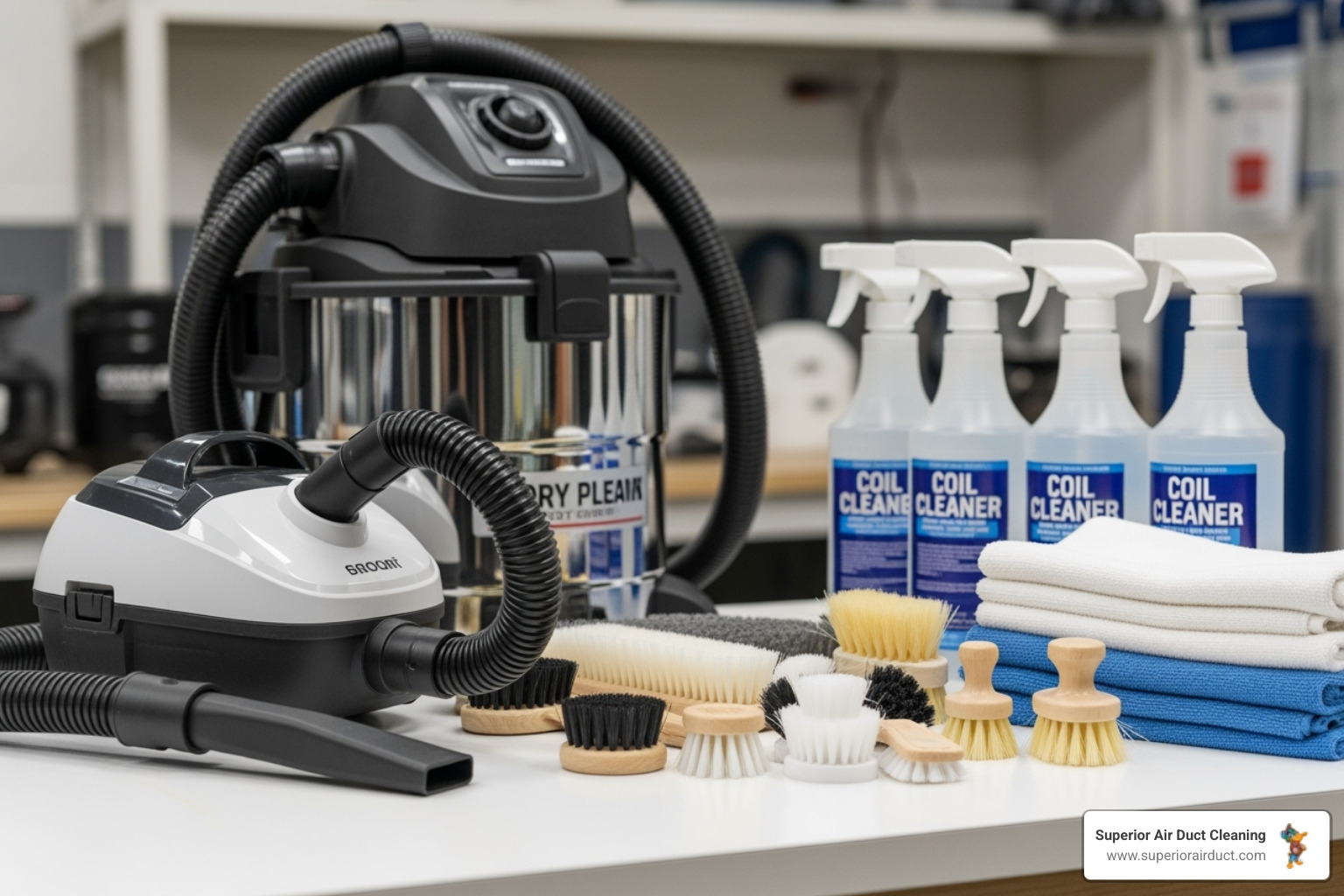
Step 1: Inspect and Replace Air Filters
Filters are your first line of defense. They are typically located in a slot on the return air duct or inside the air handler cabinet. Note the MERV rating of your filter; higher numbers catch smaller particles but can restrict airflow if your system isn't designed for them. Check filters monthly and replace them at least every 90 days—more often in homes with pets or smokers. When installing a new filter, make sure the airflow arrow points in the correct direction. For guidance on filter types, see the Eurovent recommendations for filter classes.
Step 2: The Essentials of Air Handler Coil Cleaning
Open the access panel to find the evaporator coils, which look like a radiator with fins.
- Brush: Use a soft brush to gently remove loose dust, always moving in the direction of the fins to avoid bending them.
- Clean: For heavier grime, use a commercial foaming coil cleaner. Follow the product instructions carefully, avoiding electrical components.
- Rinse: If rinsing is required, use a low-pressure water spray. Protect all electrical parts with plastic.
- Straighten: Use a fin comb to carefully straighten any bent fins, as they can block airflow and reduce efficiency.
Step 3: Clearing the Condensate Drain Pan and Line
This step prevents water damage. The drain pan sits directly under the evaporator coils.
- Remove Water: Use a wet/dry vacuum to remove any standing water from the pan.
- Clean Pan: Wipe the pan with a cloth, mild detergent, and water to remove slime or mold.
- Flush Line: Disconnect the drain line and flush it with a garden hose or compressed air until water runs clear. A wet/dry vac can also be used to pull clogs from the outlet end.
- Prevent Growth: Place algae prevention tablets in the clean drain pan to inhibit future growth.
Step 4: Wiping Down the Blower and Cabinet
Access the blower compartment. The blower wheel is often coated in dust, which can unbalance the fan and reduce efficiency.
- Clean Blower: Use a soft brush and vacuum to carefully clean each fan blade.
- Vacuum Cabinet: Vacuum all interior surfaces of the cabinet.
- Check Insulation: Inspect the cabinet insulation for any damage, tears, or mold.After cleaning, reassemble the unit, ensuring all panels are secure before restoring power. Listen for any unusual noises upon startup.
DIY Maintenance vs. Professional Service
Some air handler cleaning tasks are perfect for DIY, while others require a professional. Think of it as the difference between daily maintenance and a specialist's deep clean.
| DIY Tasks | Professional Services |
|---|---|
| Filter changes | Deep coil cleaning (using specialized equipment) |
| Visual inspection | Blower motor service (lubrication, testing RPM) |
| Drain line flush (basic) | Thorough ductwork inspection and cleaning |
| Wiping down exterior/accessible interior | Refrigerant level check |
| Checking for obvious leaks/noises | Electrical component inspection |
| System performance testing and calibration | |
| Microbial testing and remediation |
Basic DIY Air Handler Cleaning and Maintenance
A simple monthly routine can keep your system running well between professional visits.
- Change filters: Check them monthly and replace as needed. This is the single most important task.
- Clear outdoor unit: If you have a split system, keep the area around your outdoor condenser clear of leaves and debris (at least two feet of clearance).
- Check drain line: Pour a cup of distilled white vinegar down the line's access point monthly to prevent algae buildup.
- Listen and smell: Pay attention to new rattling or grinding noises, which could signal a problem. Musty odors often mean mold, while a burning smell indicates an electrical issue that requires immediate shutdown and a professional call.
When to Call a Professional for Air Handler Cleaning
Some situations are best left to the experts.
- Deep-seated mold: Professionals have the equipment and biocides to safely remove significant mold without spreading spores.
- Significant debris buildup: If your system is filled with heavy dust or construction debris, pros use powerful negative pressure systems for thorough cleaning.
- Electrical issues: Never attempt to fix burning smells, tripping breakers, or sparking components yourself.
- Poor system performance: If your bills are high or your home isn't comfortable despite regular maintenance, a pro can diagnose underlying issues.
- After water damage: Professional drying and sanitizing are essential to prevent long-term mold problems after a leak or flood.
- Lack of confidence or tools: A professional cleaning, which NADCA estimates takes about three hours, is a wise investment if you're not comfortable or equipped for the job. It's safer than risking damage to expensive components.
Keeping it Clean: Scheduling and Prevention
Air handler cleaning is an ongoing task, not a one-time fix. Establishing a routine is key to maintaining fresh air and low energy bills.
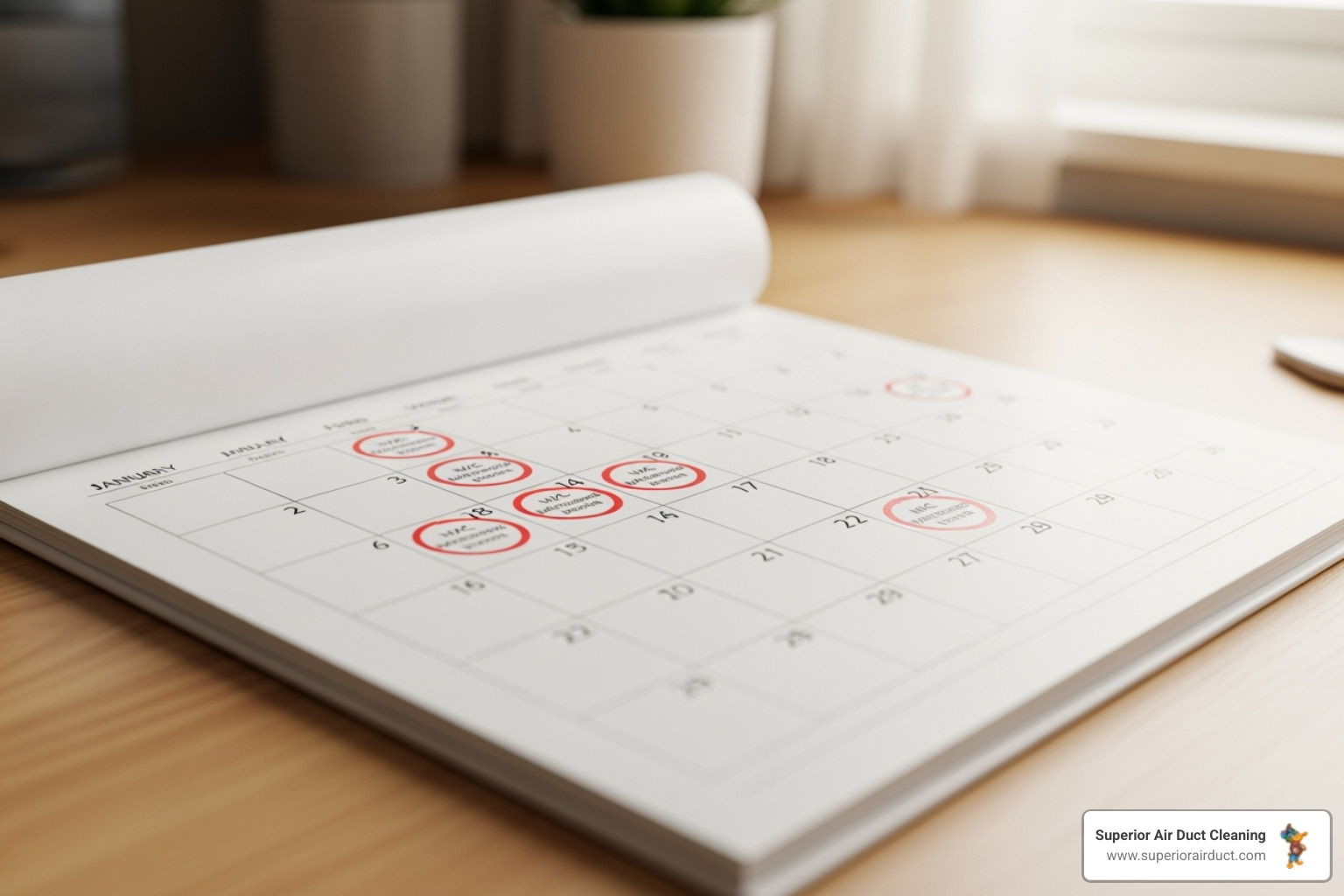
Recommended Cleaning Schedules
The right schedule depends on your environment.
- Residential Systems: An annual professional cleaning is recommended, ideally before the peak heating or cooling season. Check filters monthly.
- Commercial Properties: Air handlers may need service twice a year, with full duct cleaning every few years.
- Special Circumstances: Homes with pets, smokers, or high pollen levels may need more frequent filter changes and potentially semi-annual professional cleanings. Healthcare facilities often require annual or more frequent sanitizing.
Watch for signs your system needs attention, such as musty odors, visible mold, higher energy bills, reduced airflow, or unusual noises.
Best Practices for Preventing Future Contamination
Prevention is always more effective than cleanup.
- Use High-Quality Air Filters: Invest in the highest MERV-rated filter your system can handle without overly restricting airflow.
- Change Filters Regularly: This is the most critical step to prevent dirt from reaching your air handler.
- Consider UV Light Installation: A UV-C light installed near the evaporator coils can kill mold, bacteria, and viruses, preventing growth.
- Maintain Low Indoor Humidity: Use dehumidifiers and proper ventilation in bathrooms and kitchens to create an environment less hospitable to mold.
- Seal Ductwork Leaks: Leaky ducts can pull in dust and contaminants from attics and crawl spaces. Professional duct sealing improves efficiency and air quality.
Frequently Asked Questions about Air Handler Maintenance
Here are answers to common questions about air handler cleaning and maintenance.
How often should I clean my air handler?
The ideal frequency depends on your environment.
- General Rule: A professional cleaning once a year is recommended for most homes.
- High-Use Homes: If you have pets, smokers, or live in a dusty area, you may need professional service twice a year.
- DIY Checks: Check your air filter monthly and change it every 1-3 months. A higher MERV-rated filter may need more frequent changes.
What are the signs my air handler needs cleaning?
Your system will give you clues when it needs attention.
- Musty or Foul Odors: This is a major red flag for mold or mildew growth on the coils or in the drain pan.
- Visible Dust or Mold: If you see buildup on your air vents, the inside of the system is likely much worse.
- Reduced Performance: If your system runs constantly but struggles to cool or heat your home, dirty components may be blocking airflow.
- Higher Energy Bills: A dirty system works harder and uses more electricity. A 50% increase in energy use is possible with a very dirty unit.
- Increased Allergy Symptoms: If your family's allergies are worse indoors, your air handler may be circulating allergens.
Can a dirty air handler make you sick?
Yes, a dirty air handler can negatively impact your health. It circulates mold spores, bacteria, and allergens throughout your home. This can trigger or worsen allergies and asthma. Exposure to these microbes can also lead to respiratory infections. Some people experience Sick Building Syndrome, with symptoms like headaches, fatigue, and irritation that improve when they leave the house. Regular air handler cleaning is crucial for maintaining healthy indoor air.
Breathe Easier with a Pristine Air Handler
Your home should be a sanctuary where you can breathe easily. Regular air handler cleaning is an investment in your family's health, comfort, and finances. A clean system leads to improved health with fewer respiratory issues, lower costs from better efficiency, and improved comfort with consistent temperatures.
Proactive maintenance is always smarter than reactive repairs. A well-maintained air handler lasts longer, saving you from premature replacement costs. While DIY tasks like filter changes are important, the deep cleaning that ensures peak performance requires professional expertise and equipment.
At Superior Air Duct Cleaning, we've seen how professional air handler cleaning transforms homes across Pennsylvania, Ohio, and West Virginia. We understand your time is valuable and your family's health is priceless. Our thorough service provides the peace of mind that comes with knowing your air is as clean as possible.
Your air handler works hard for you every day. Isn't it time you gave it the attention it deserves? Schedule your professional duct and air handler cleaning today and start breathing easier tomorrow.

Customer Reviews




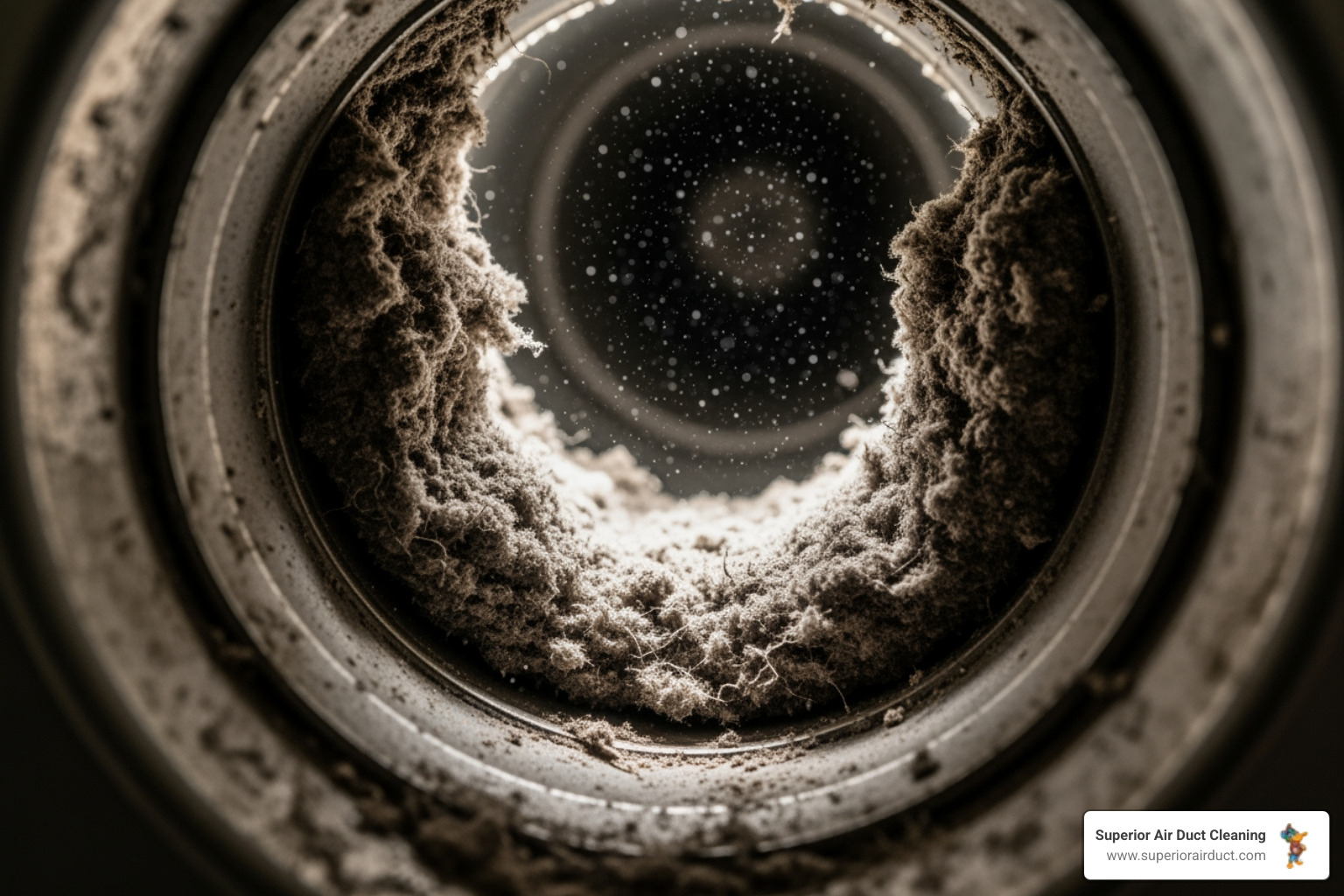
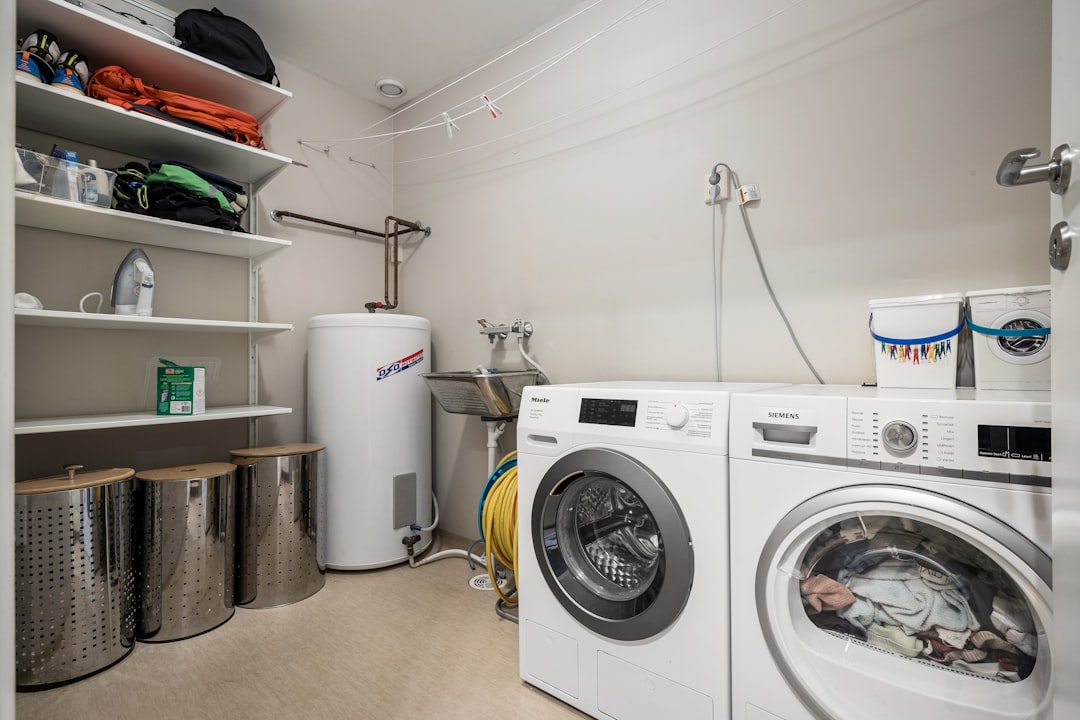
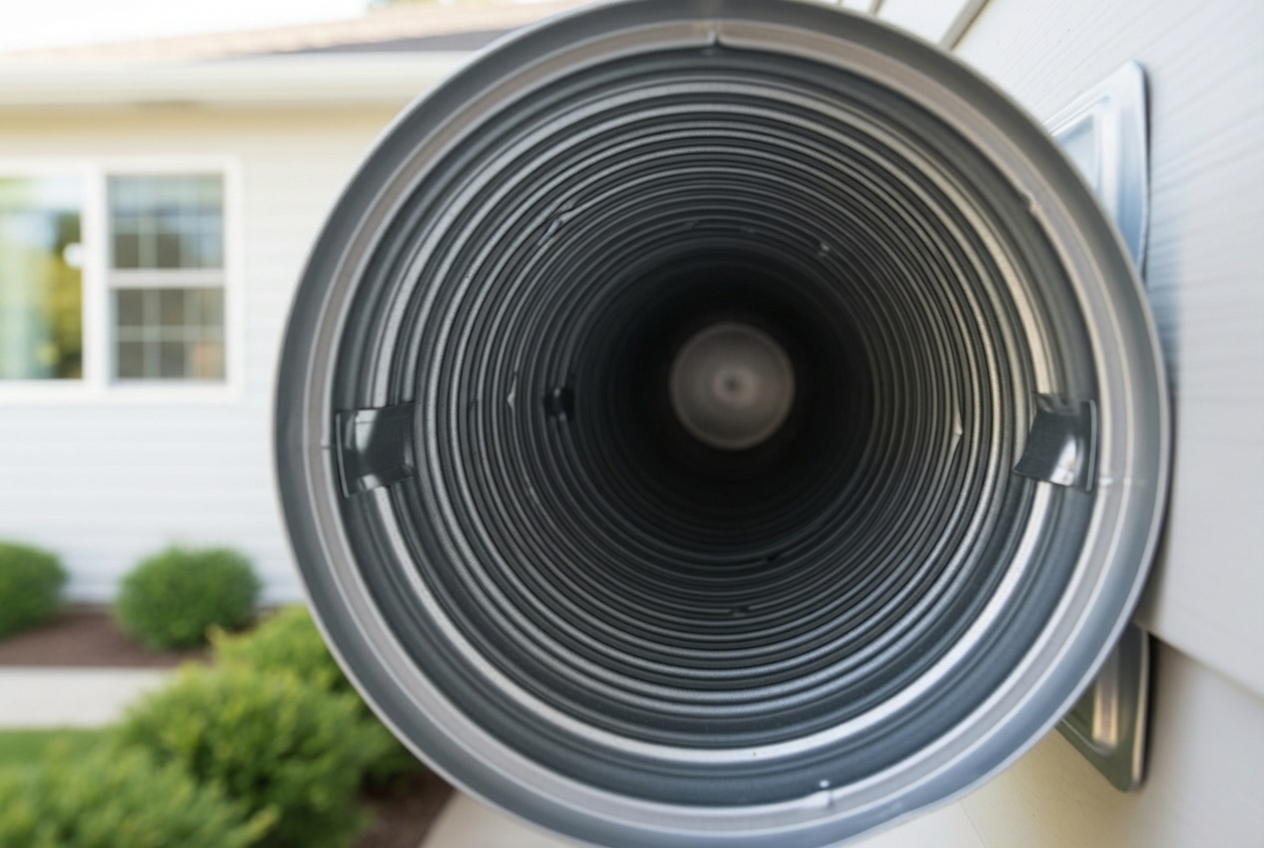
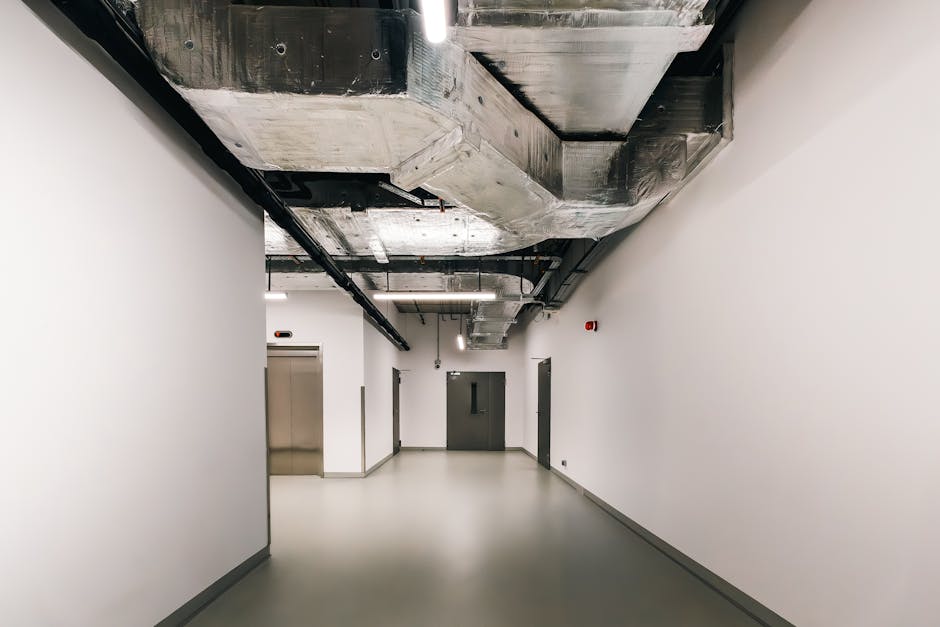
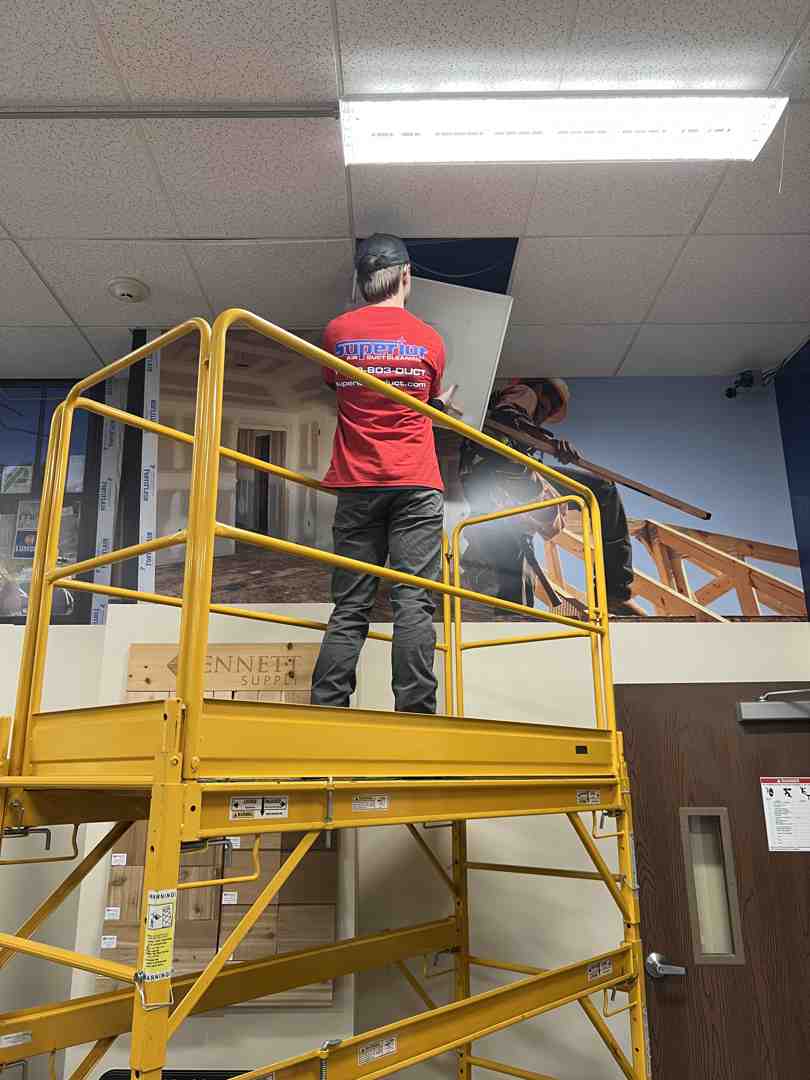
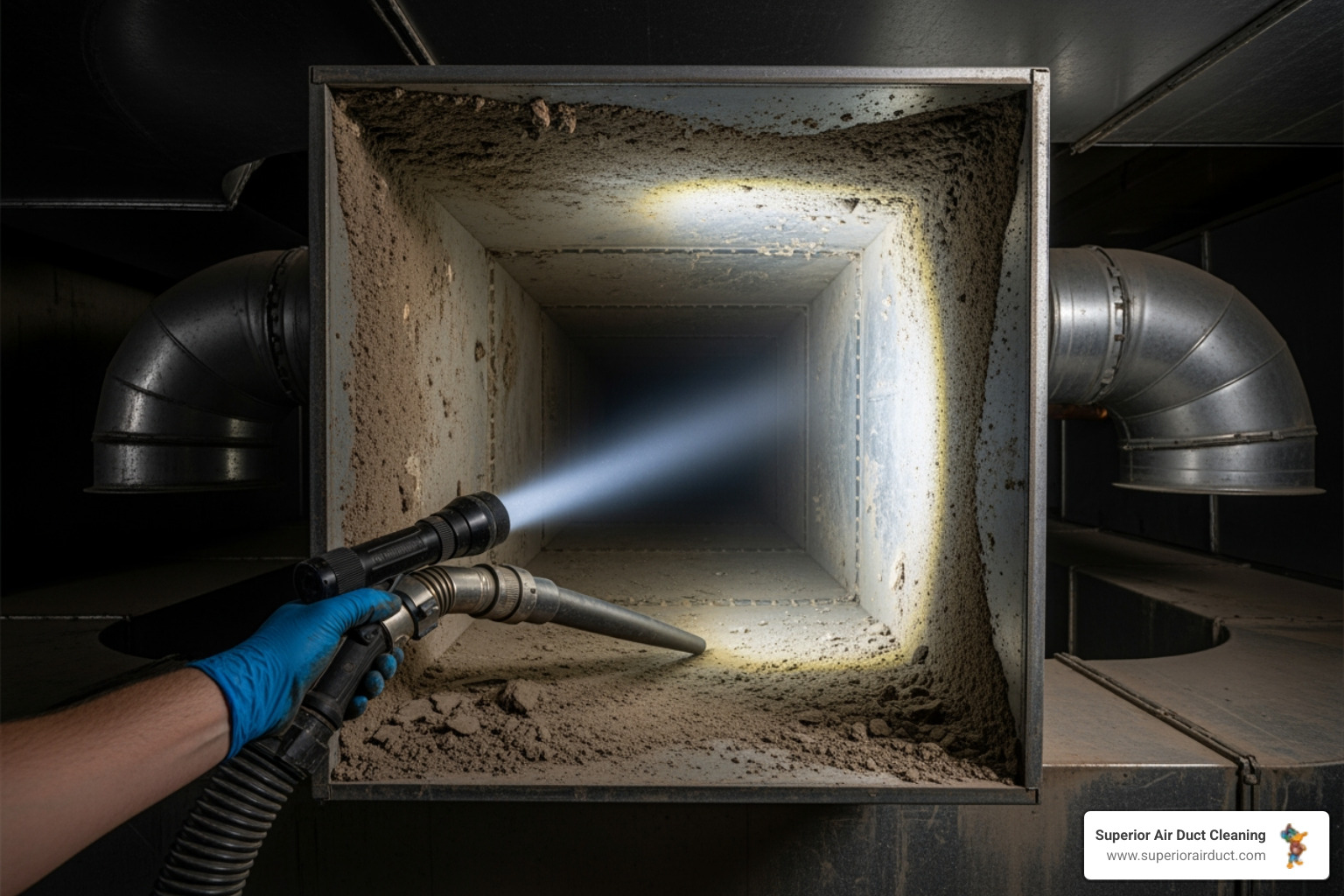


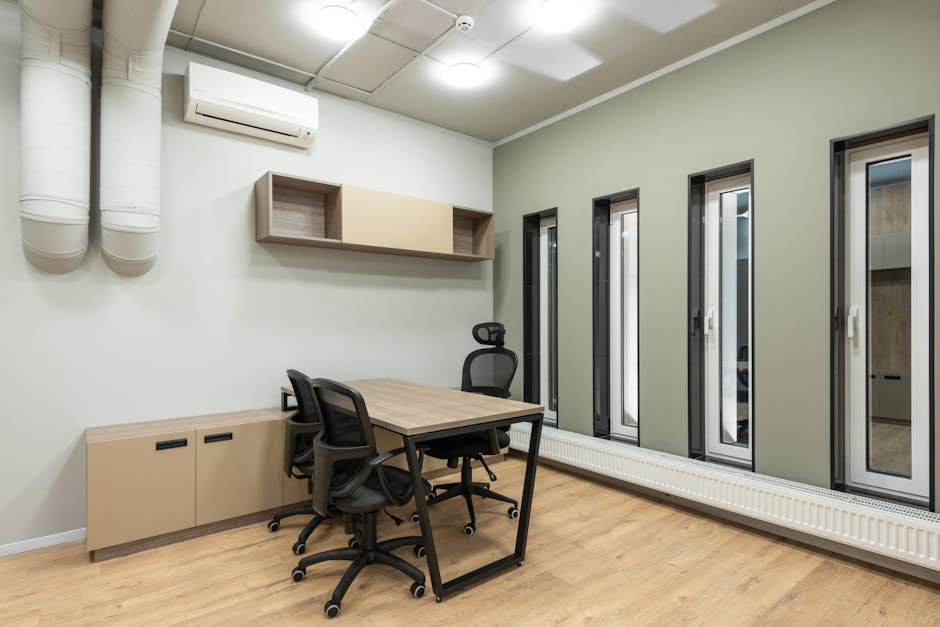

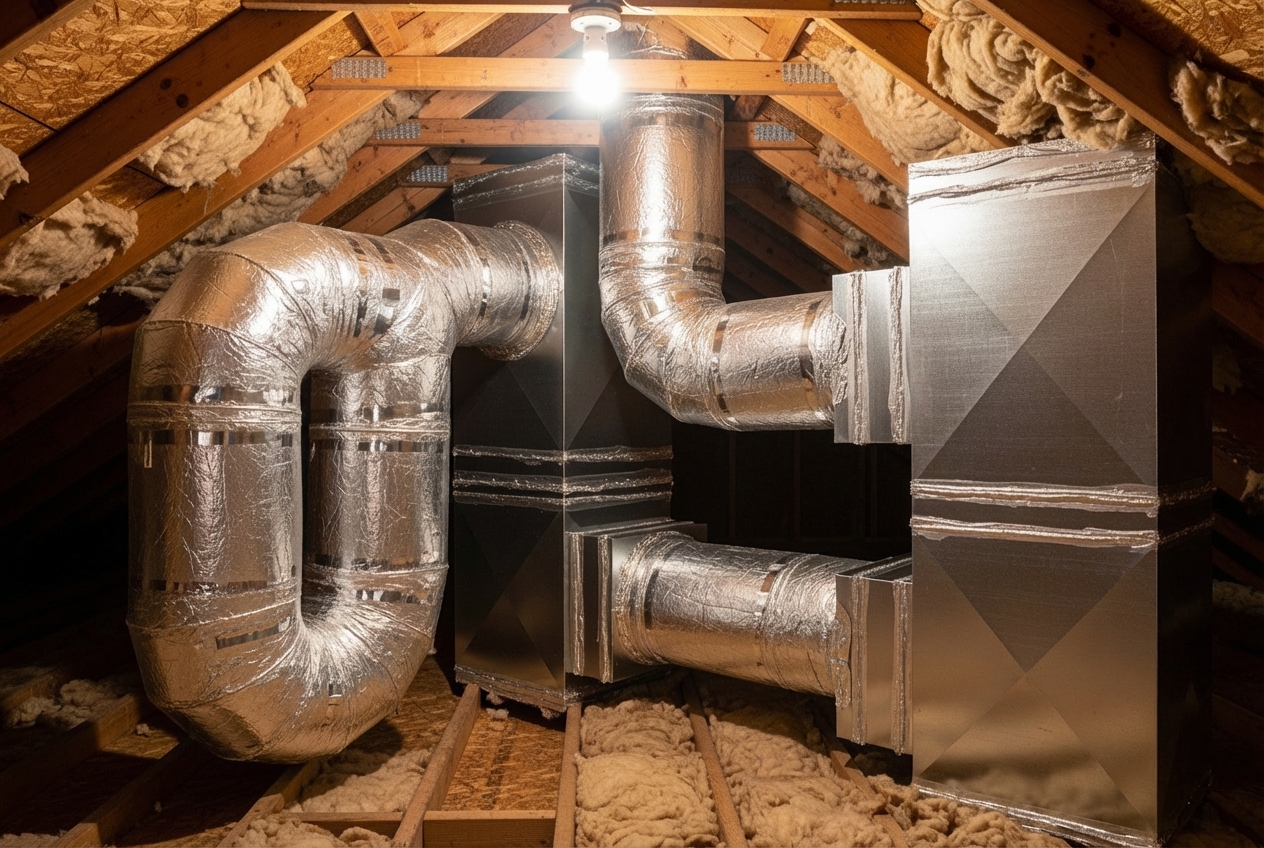
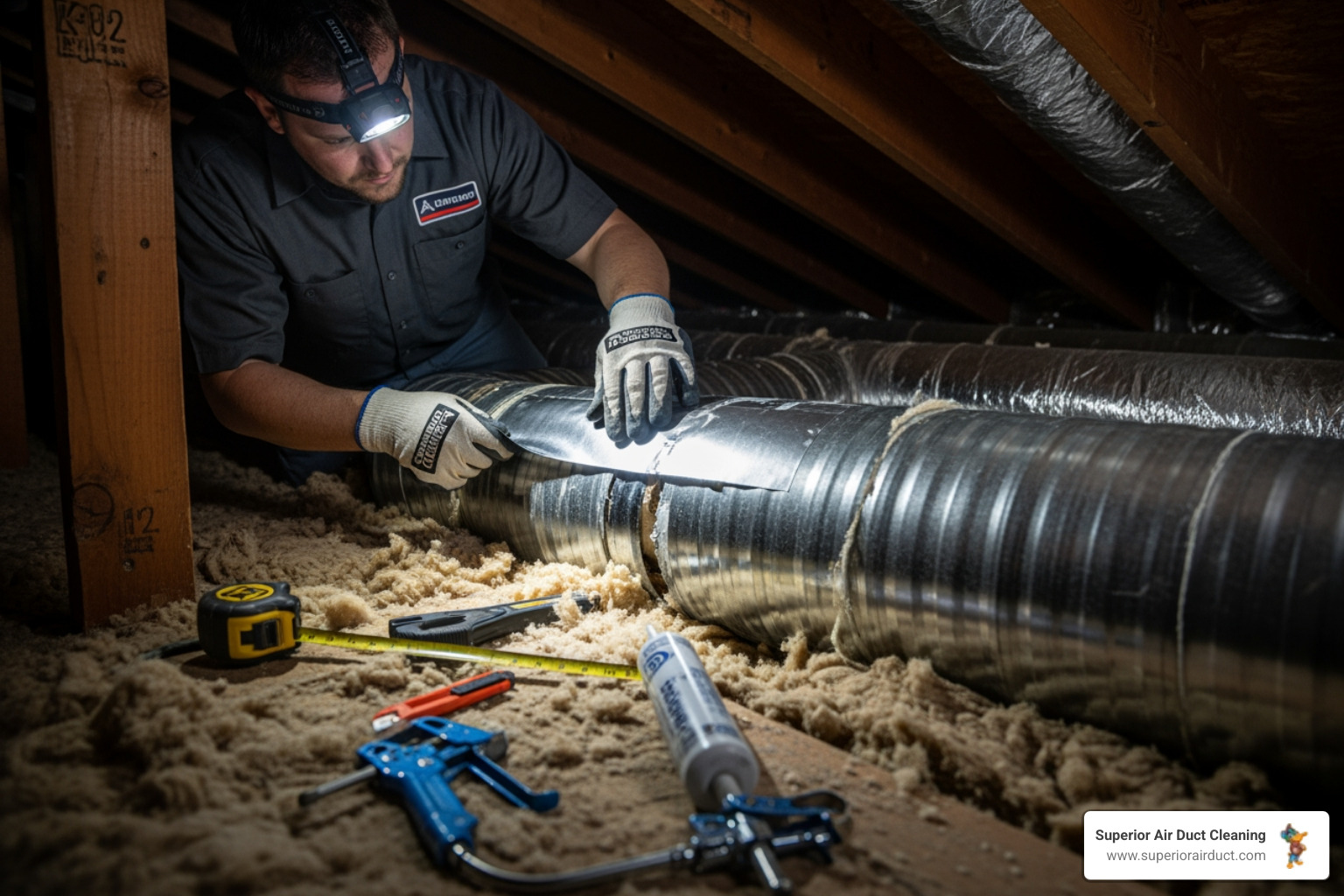

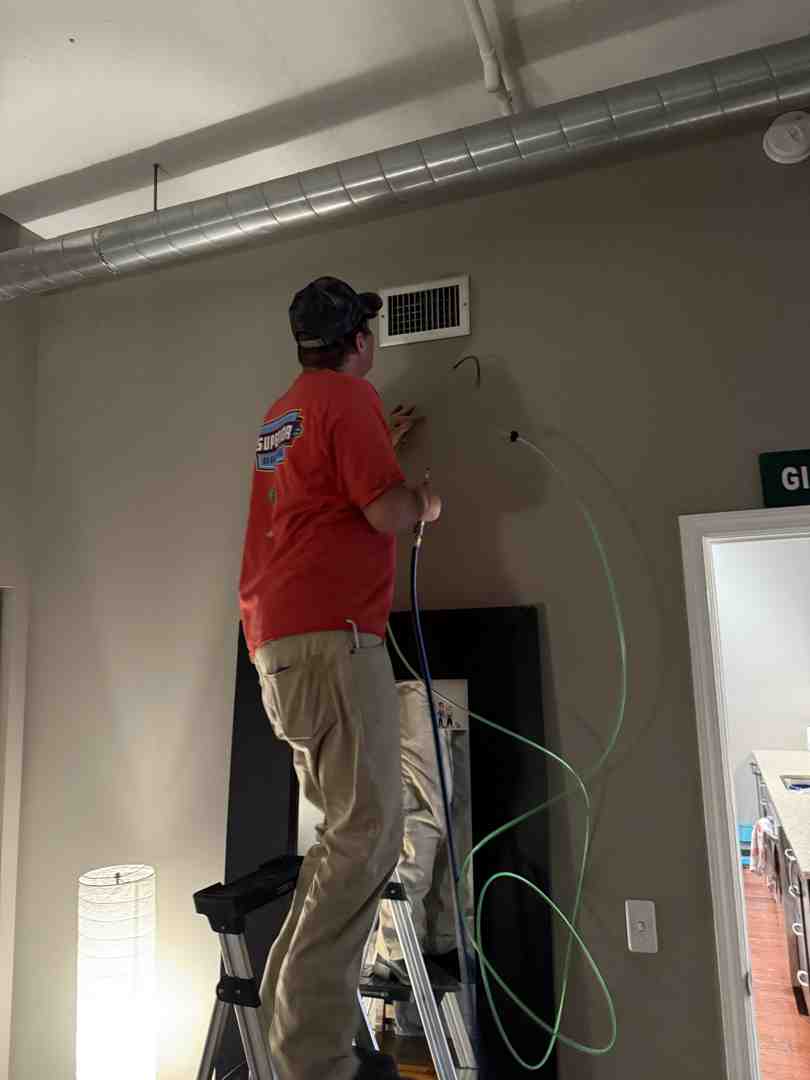




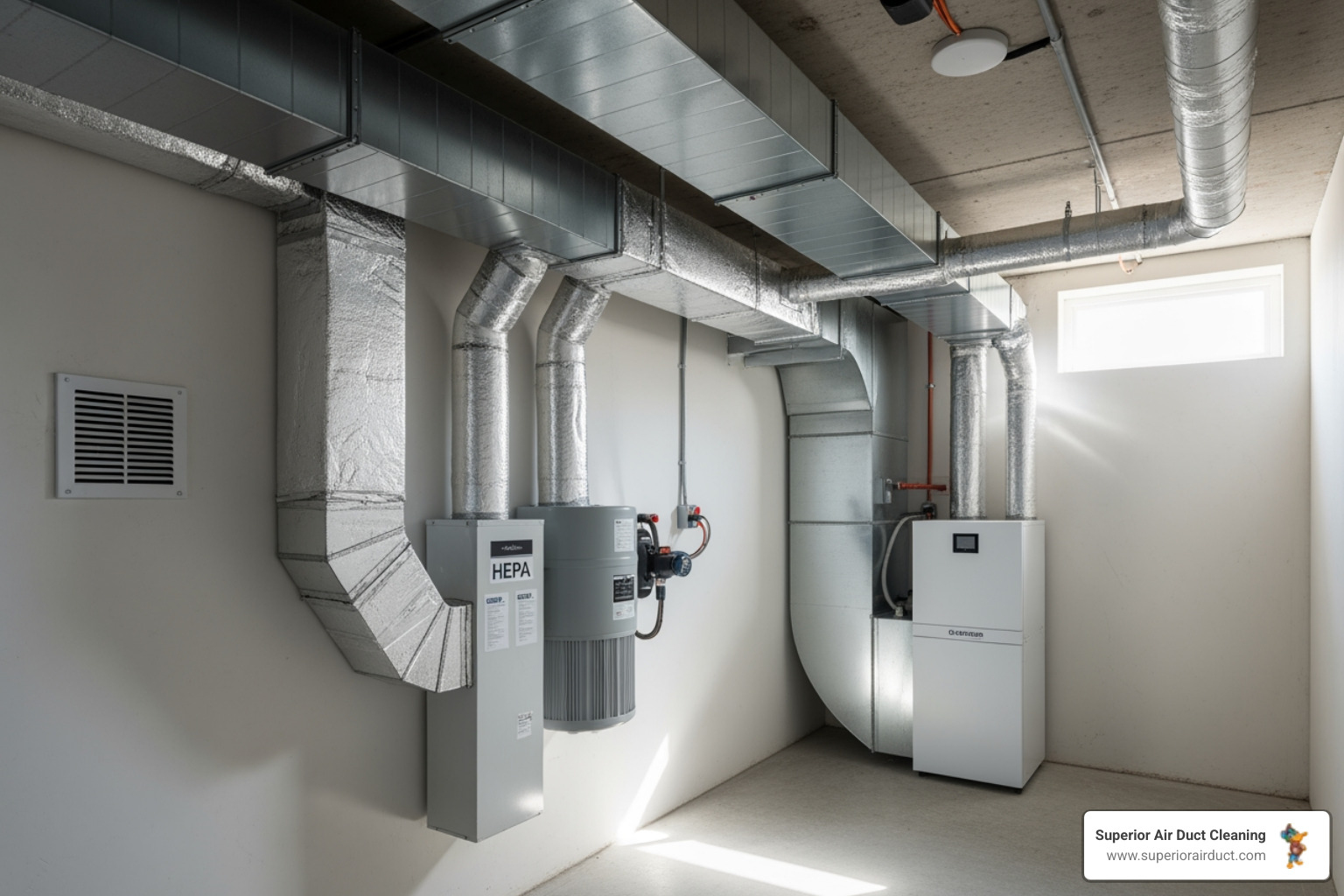
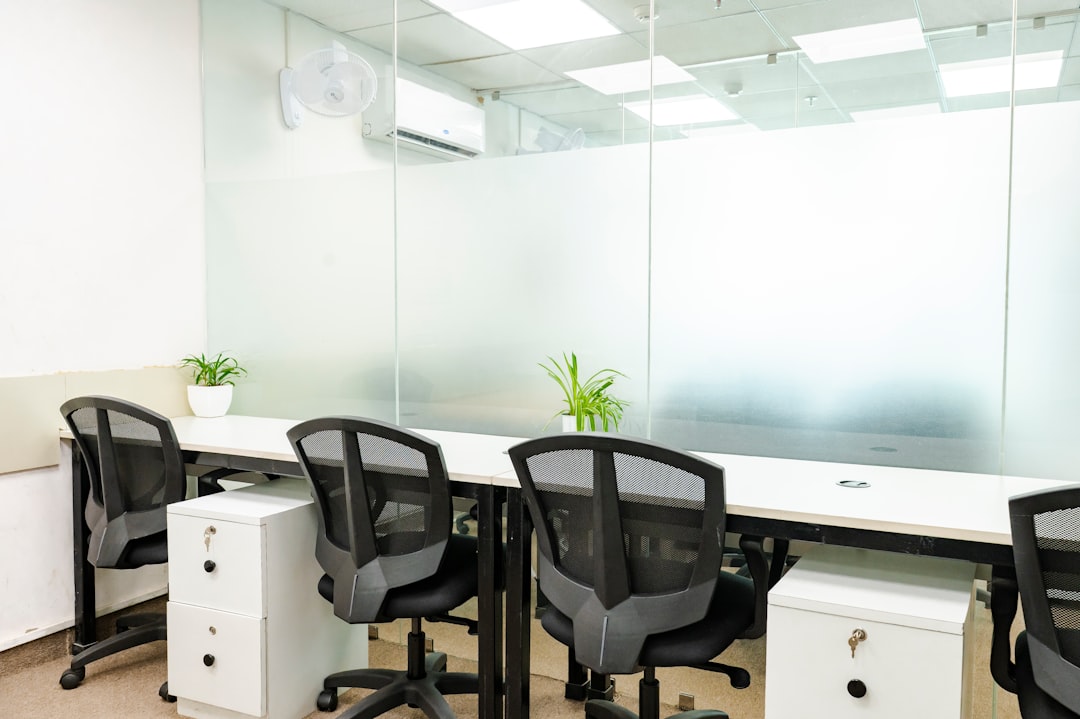





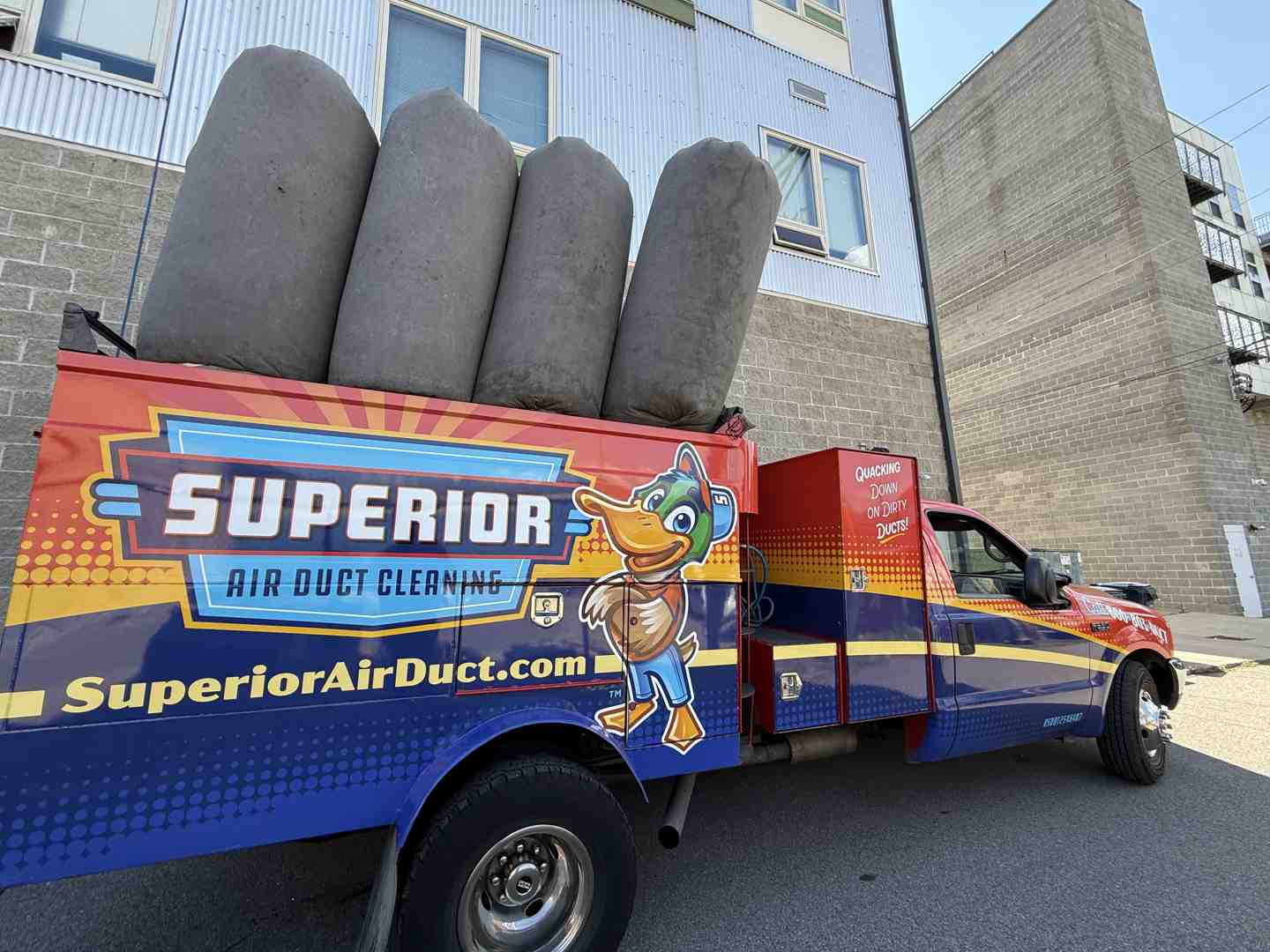

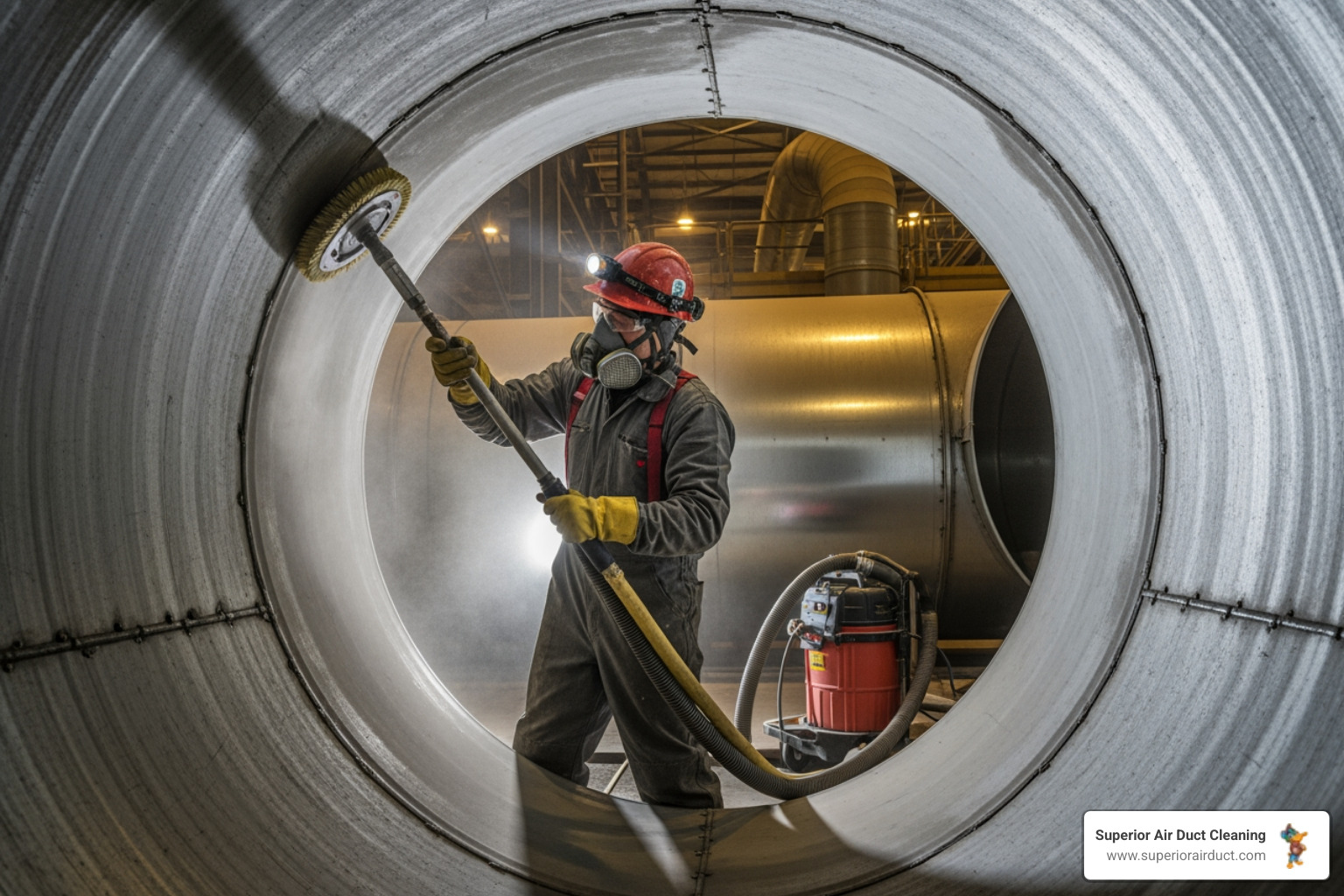


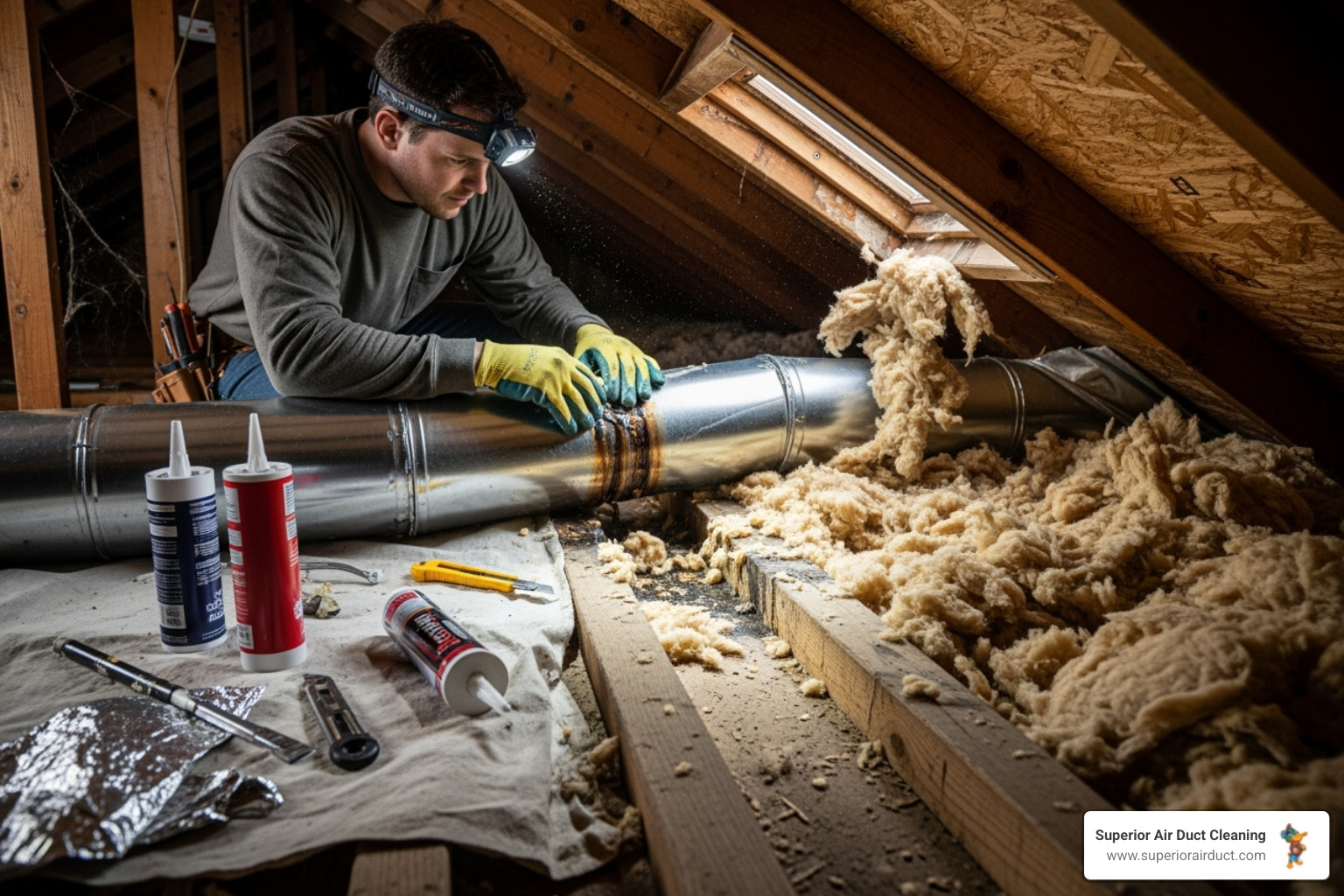
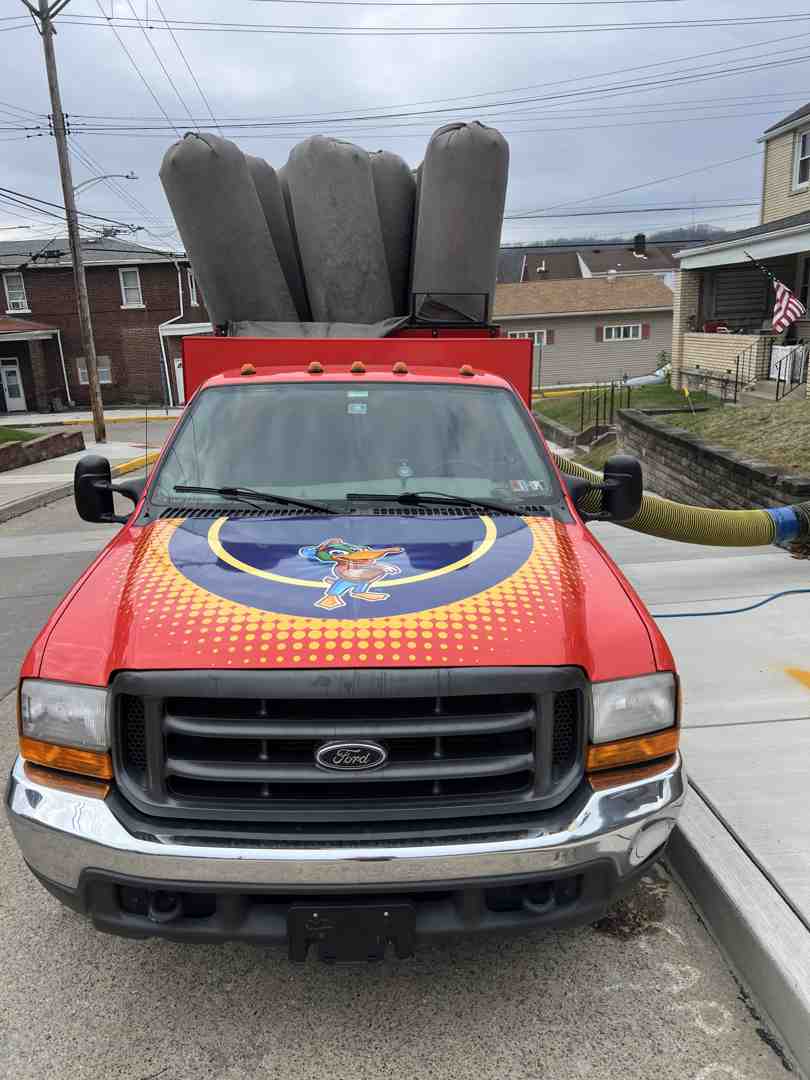

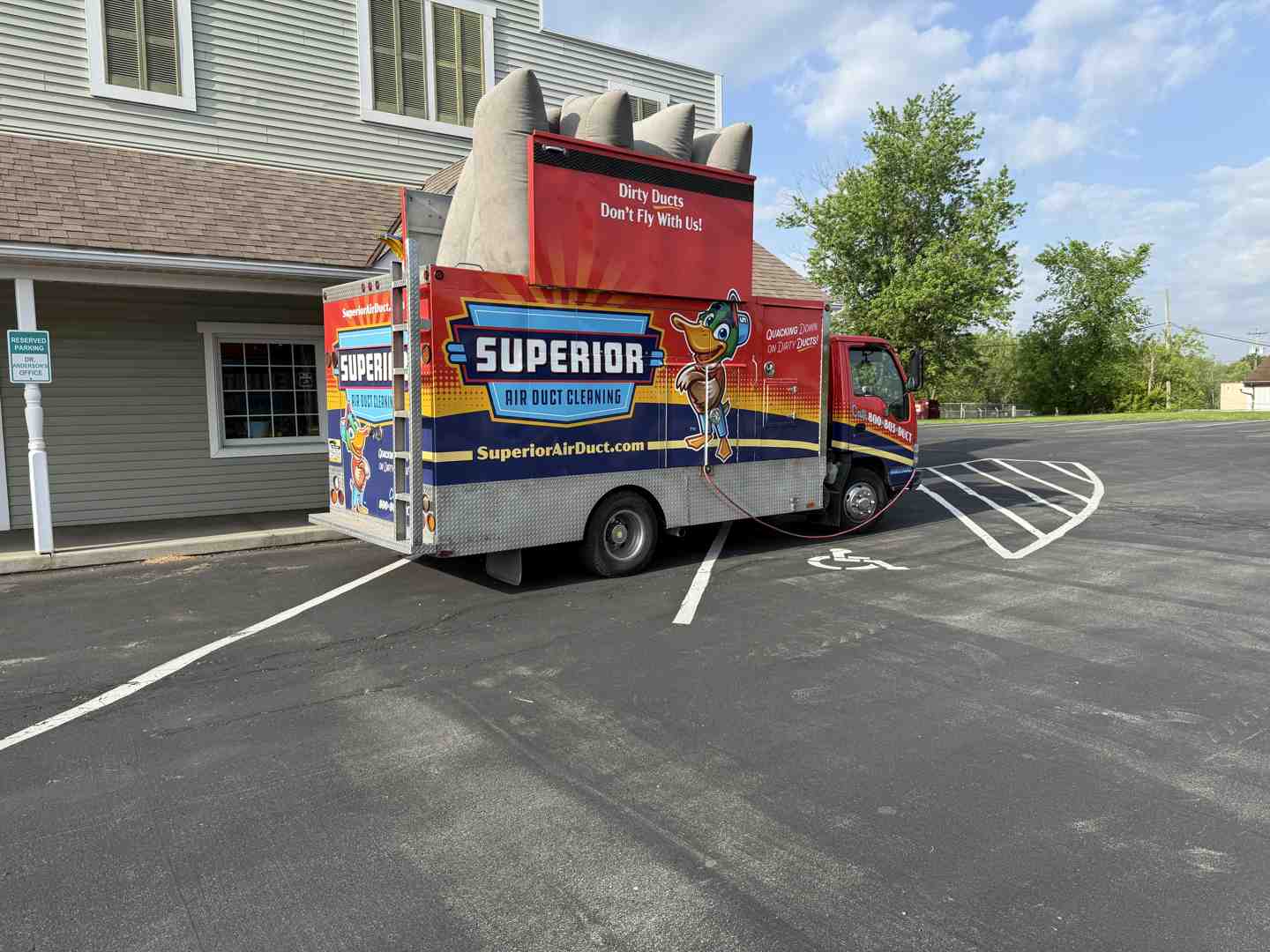


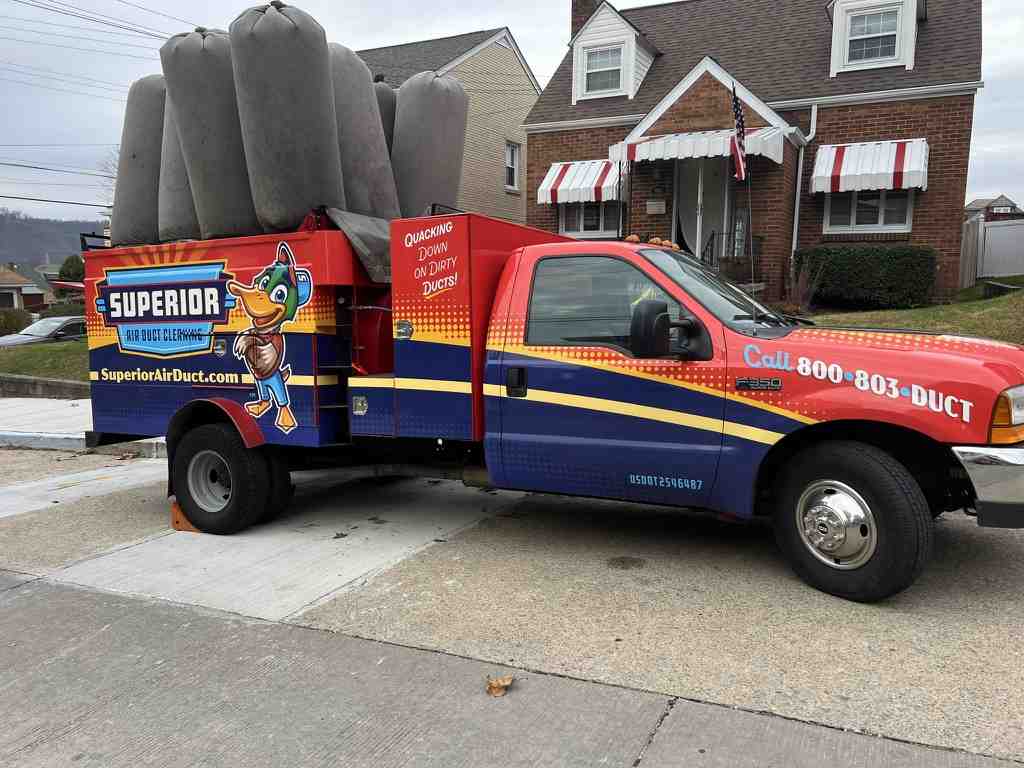


I need to find a service to remove dust from the air ducts in my Pittsburgh home. Who should I call?




















